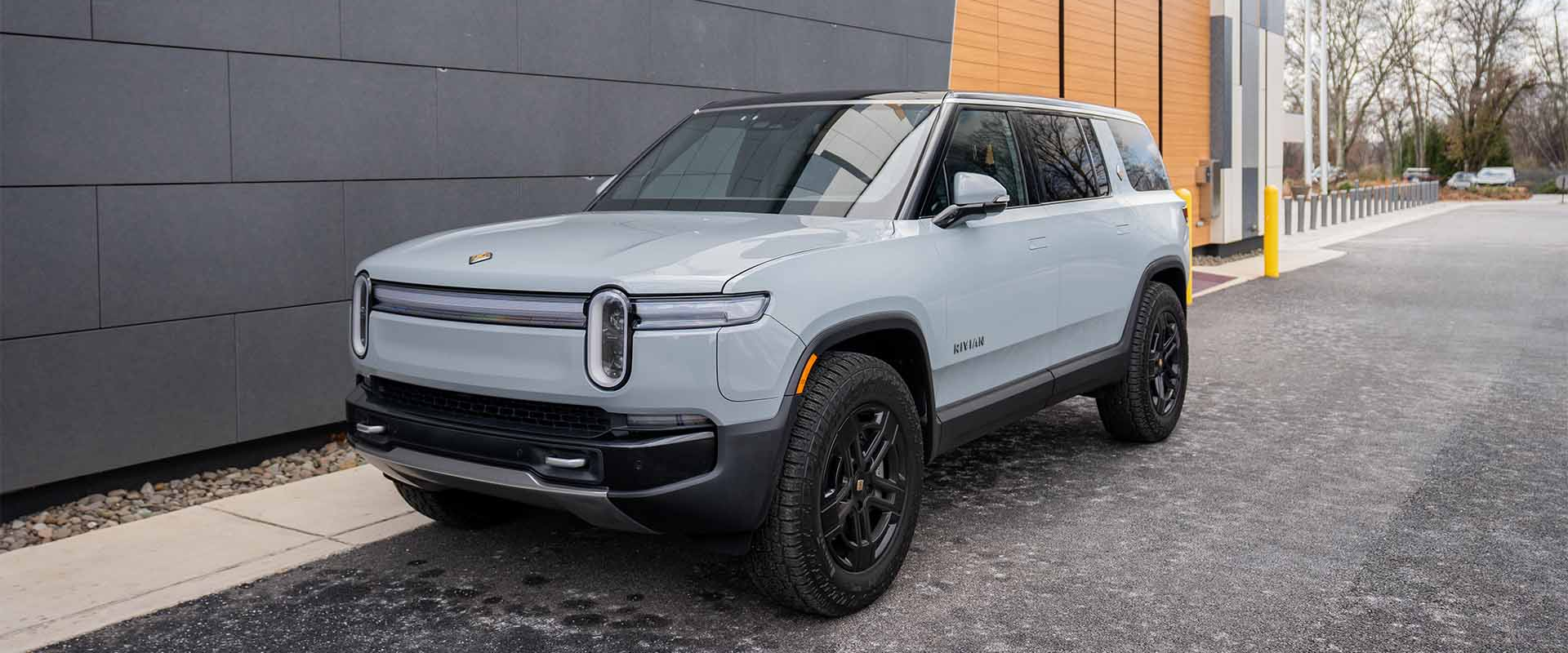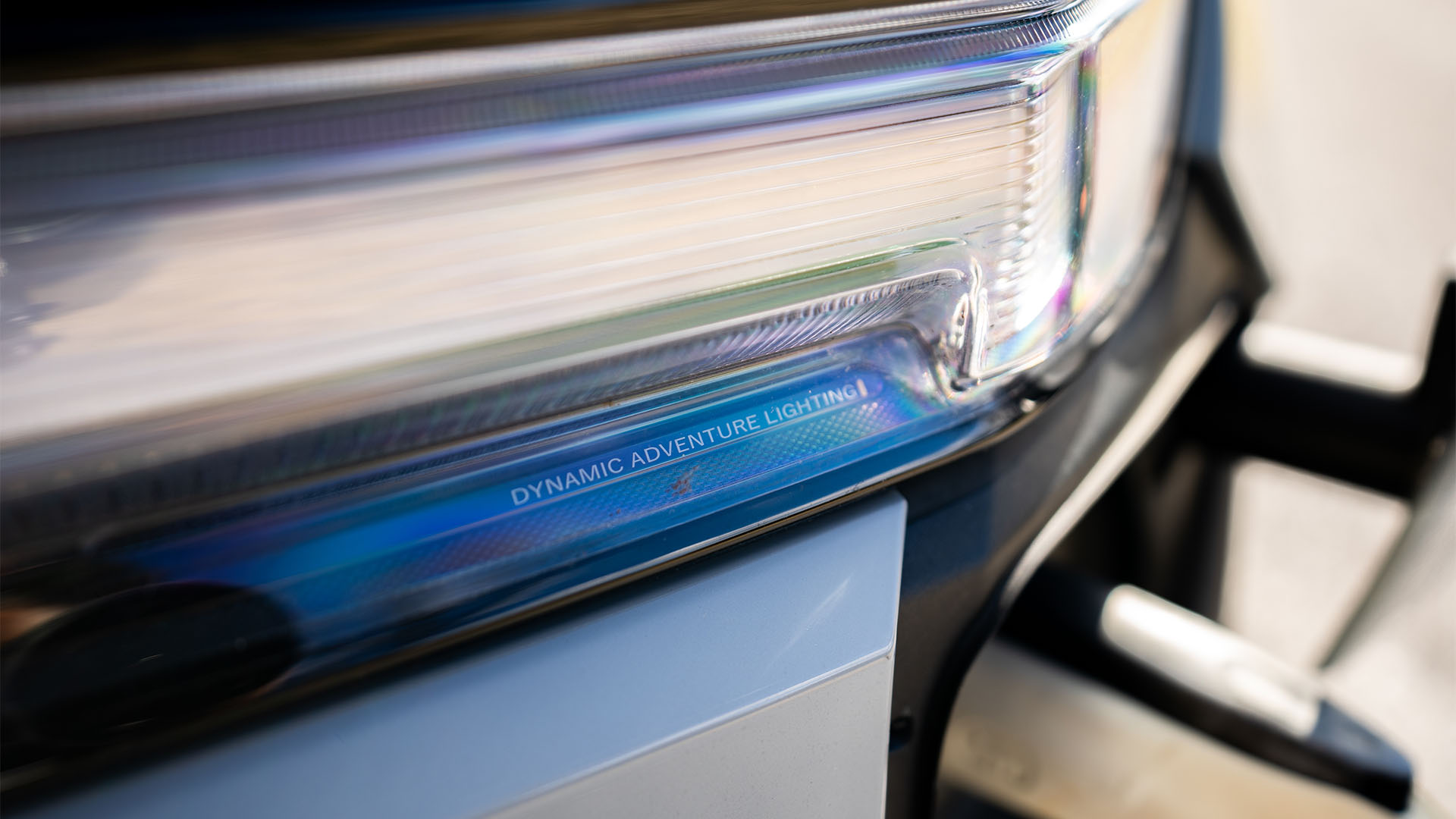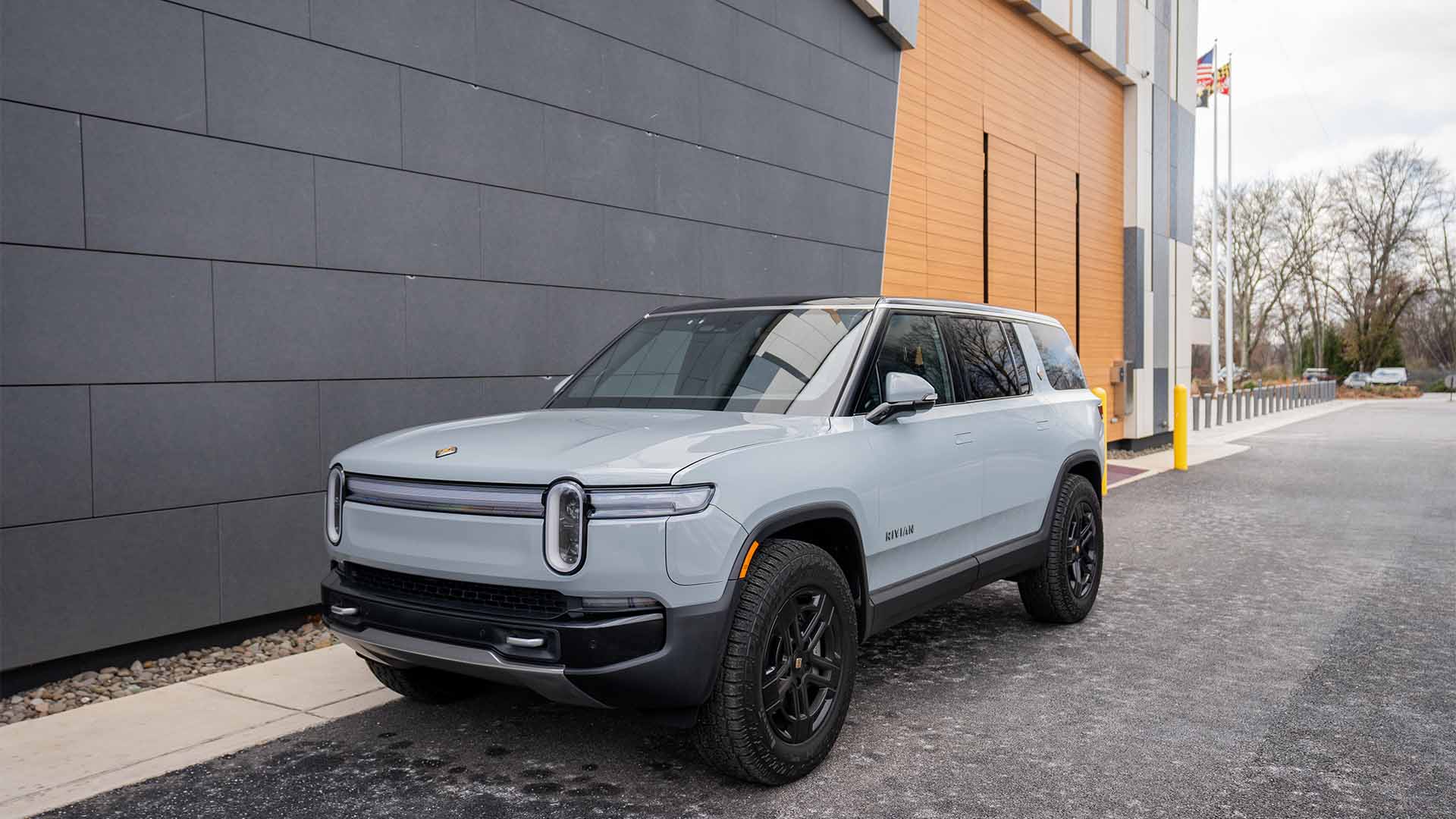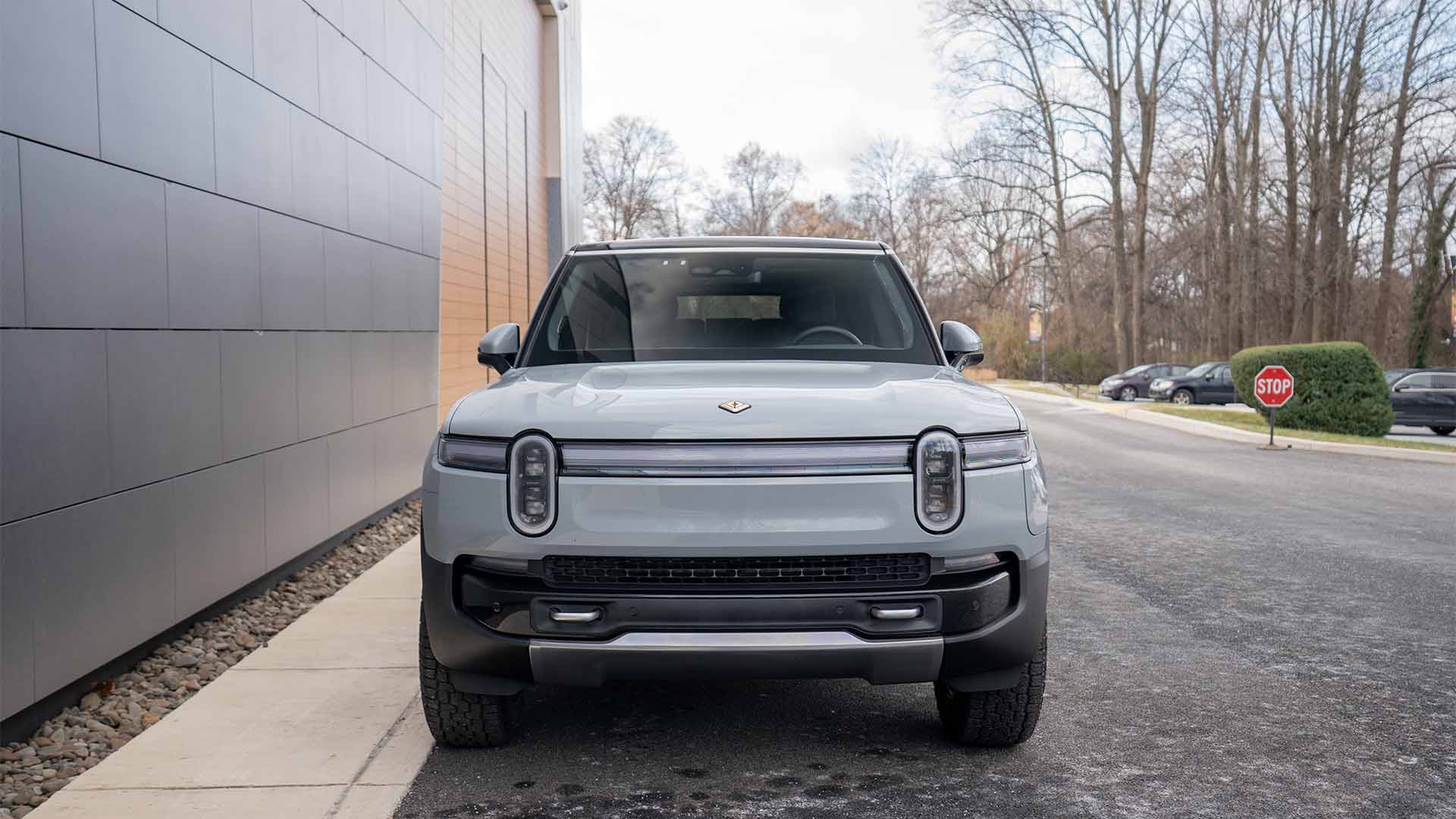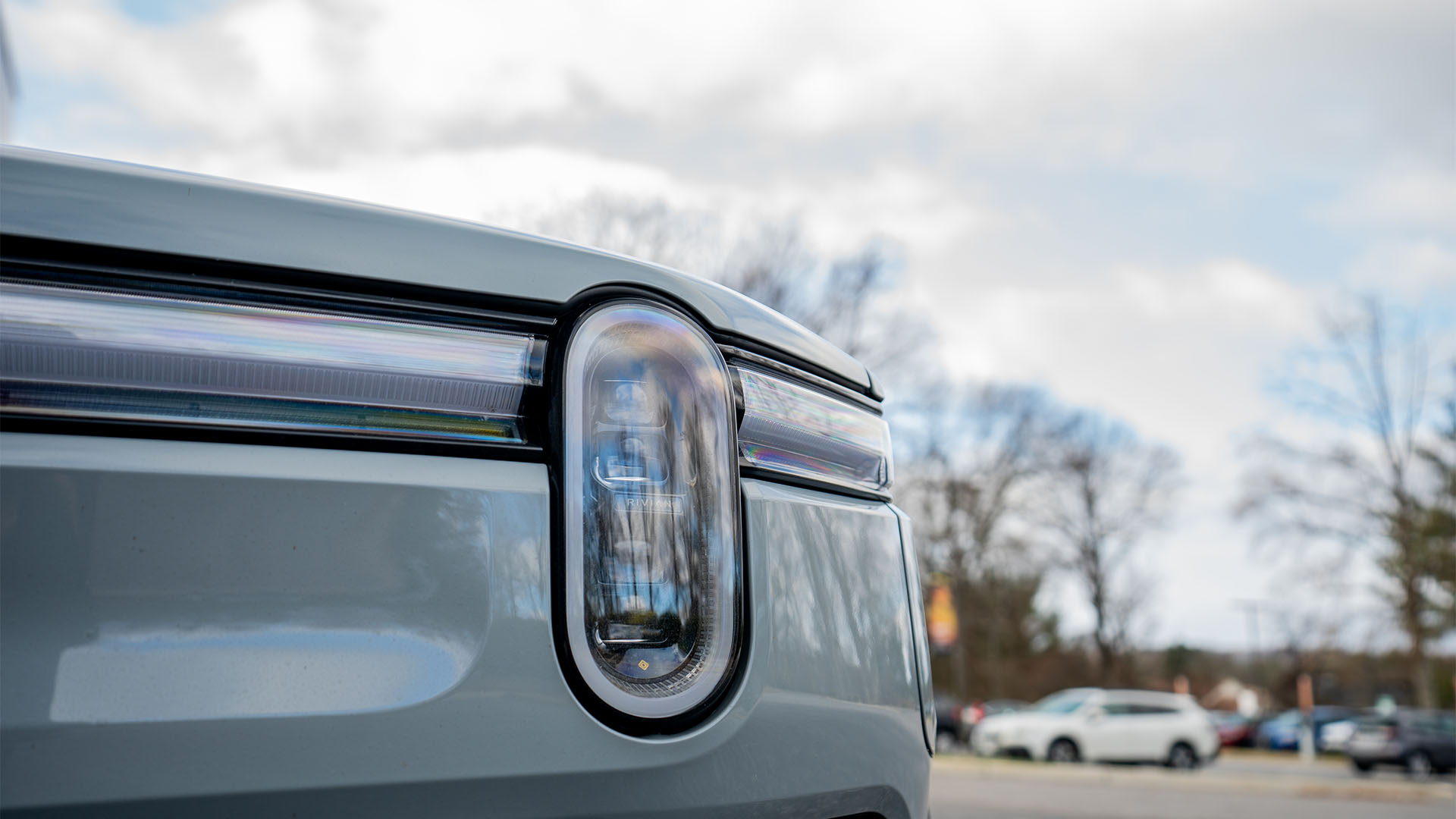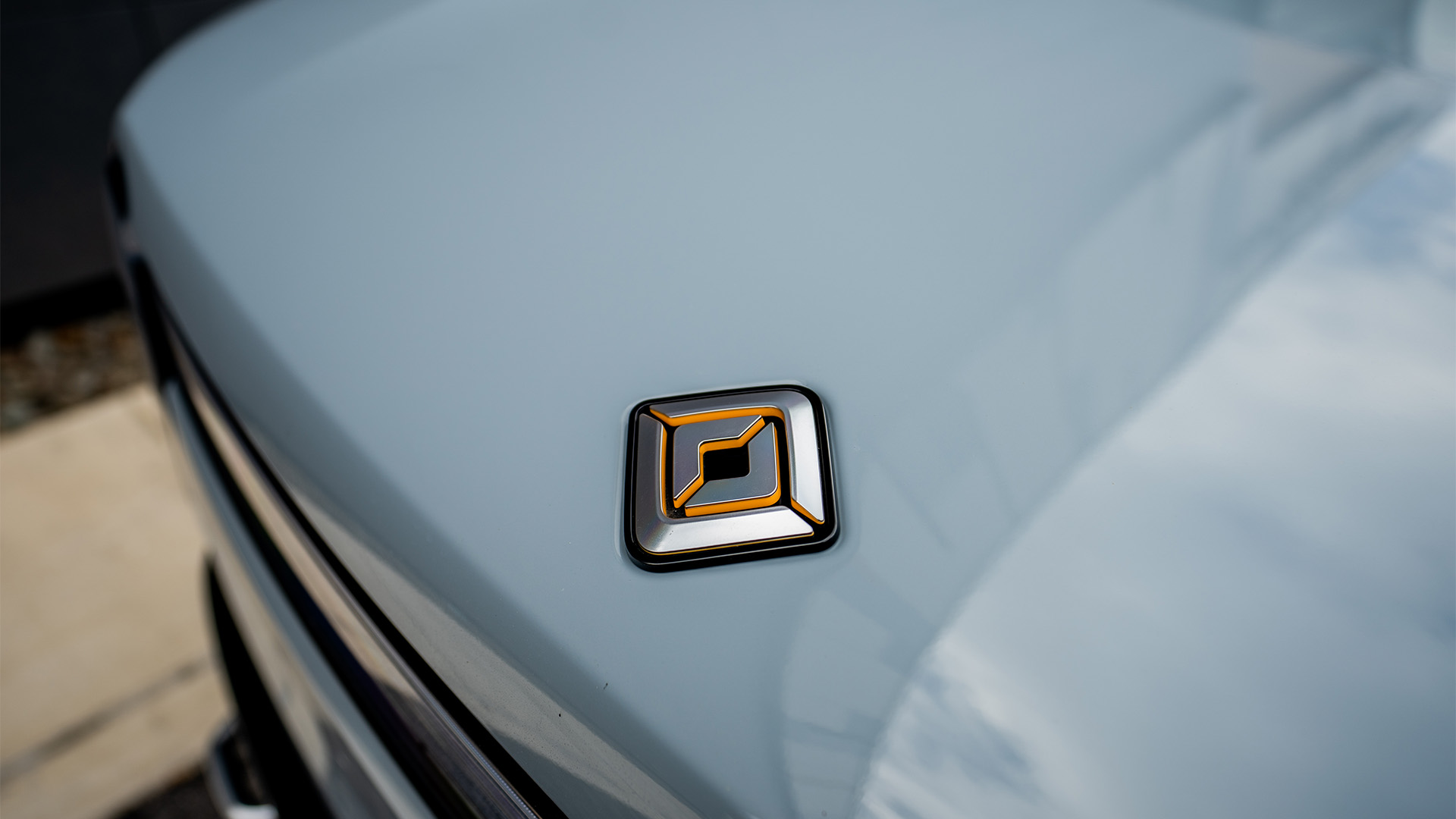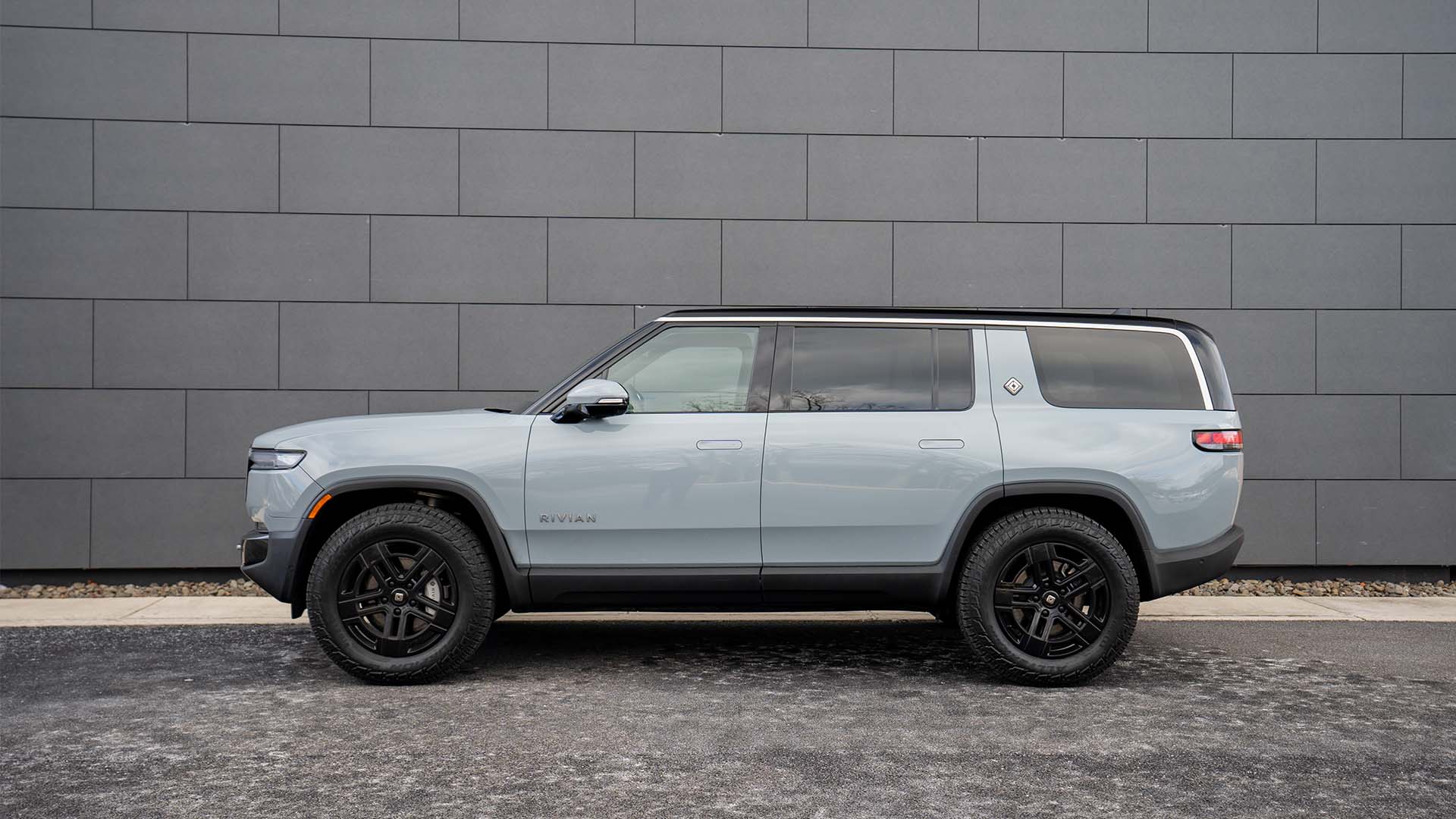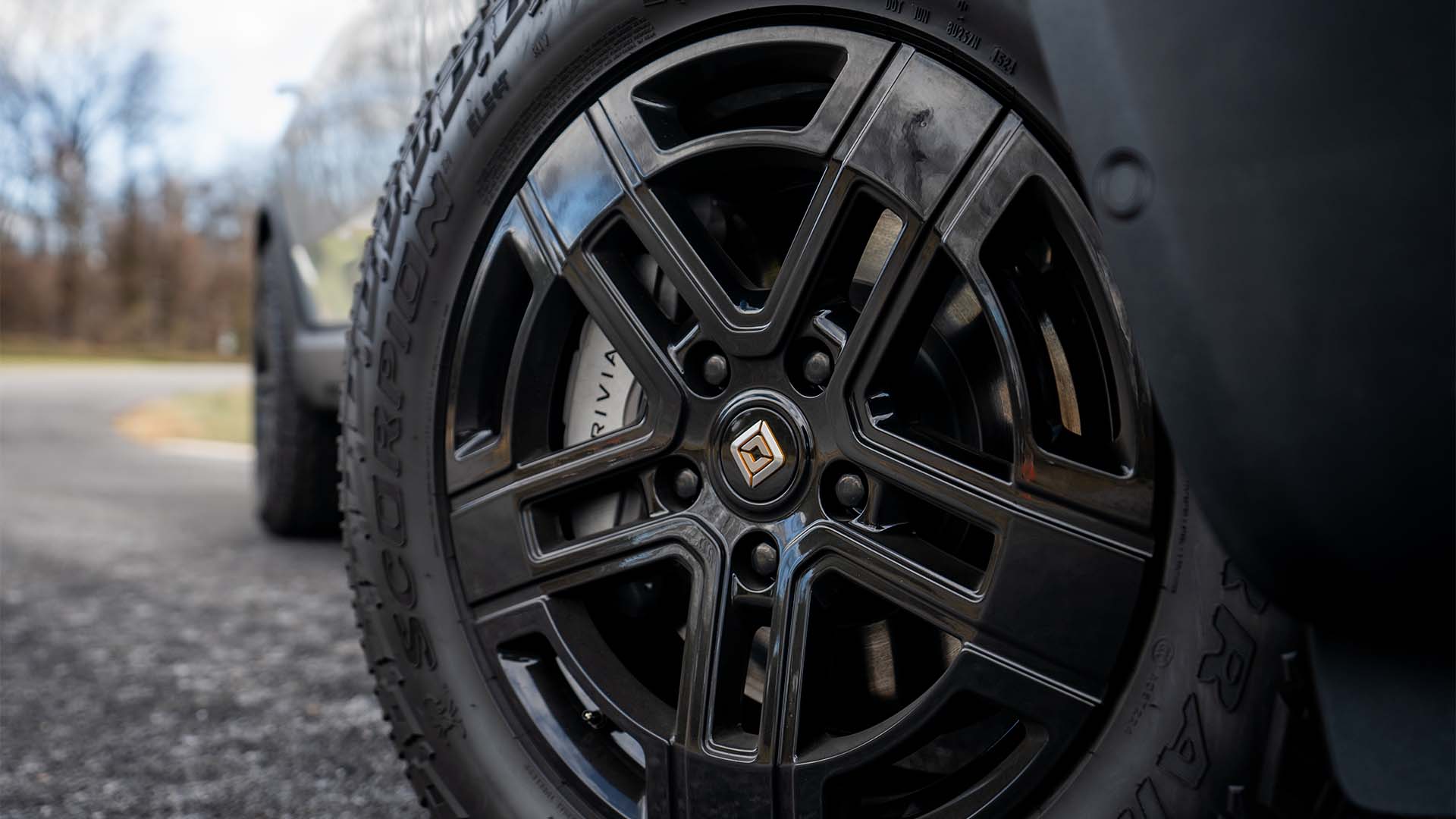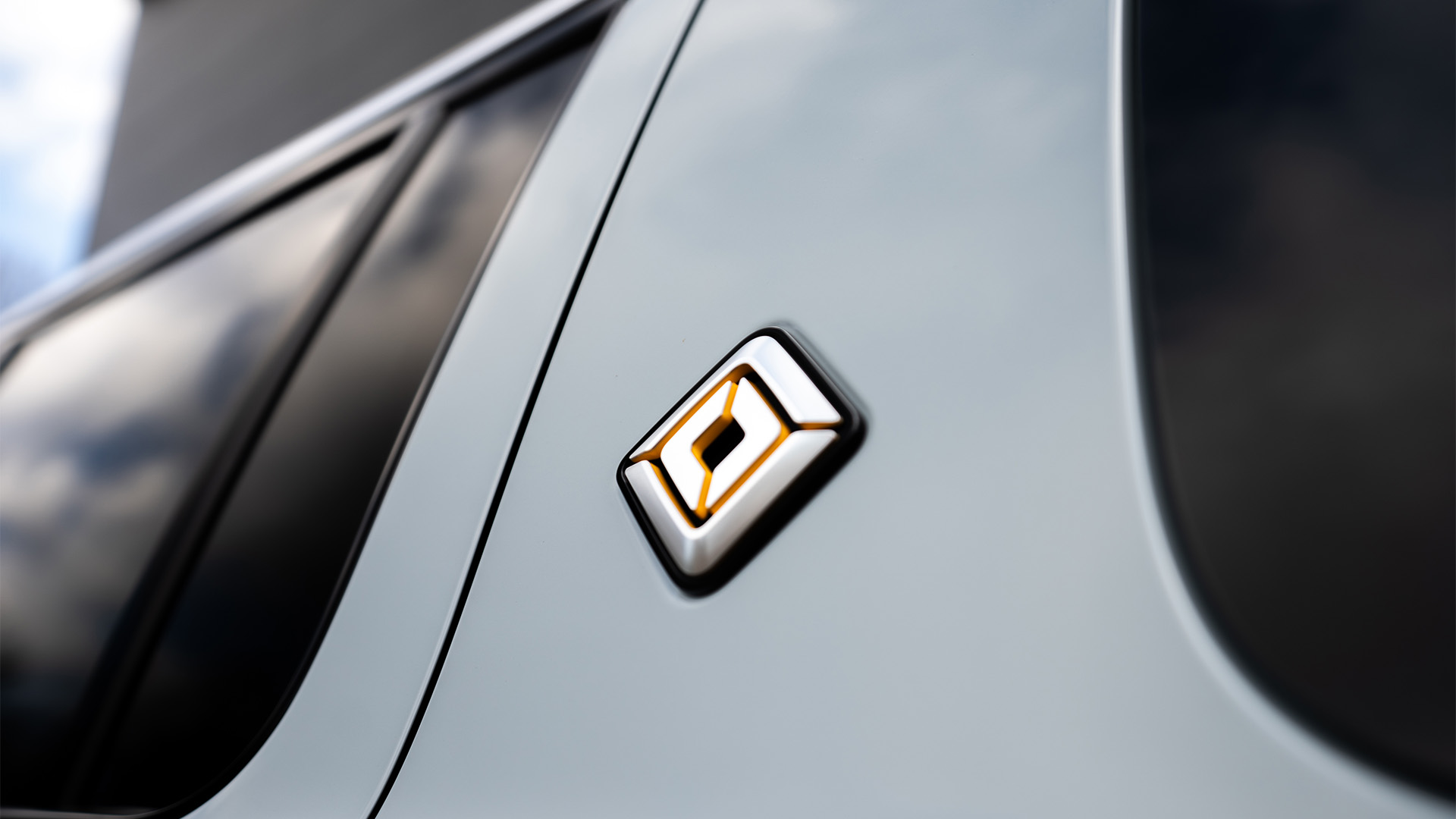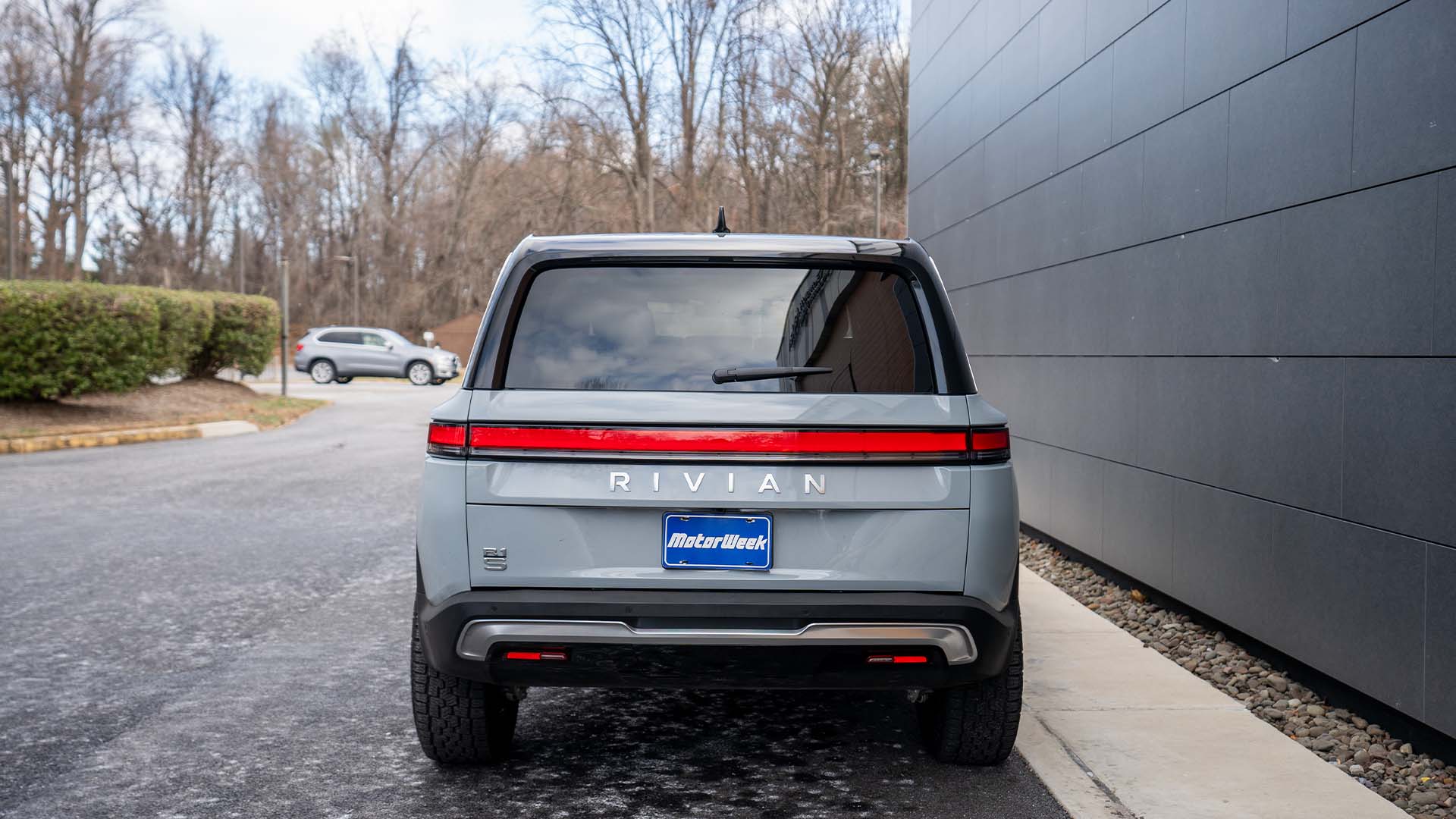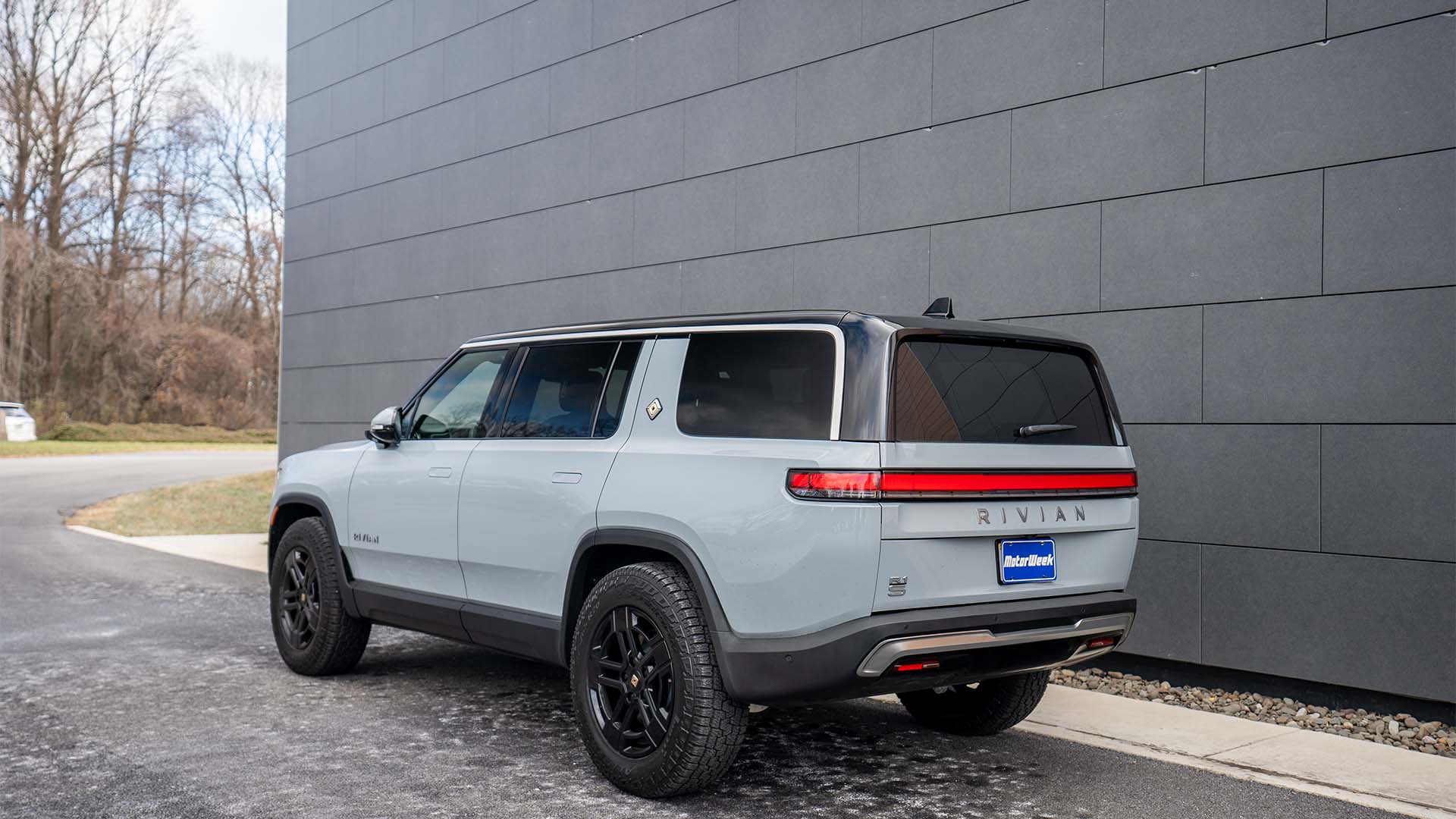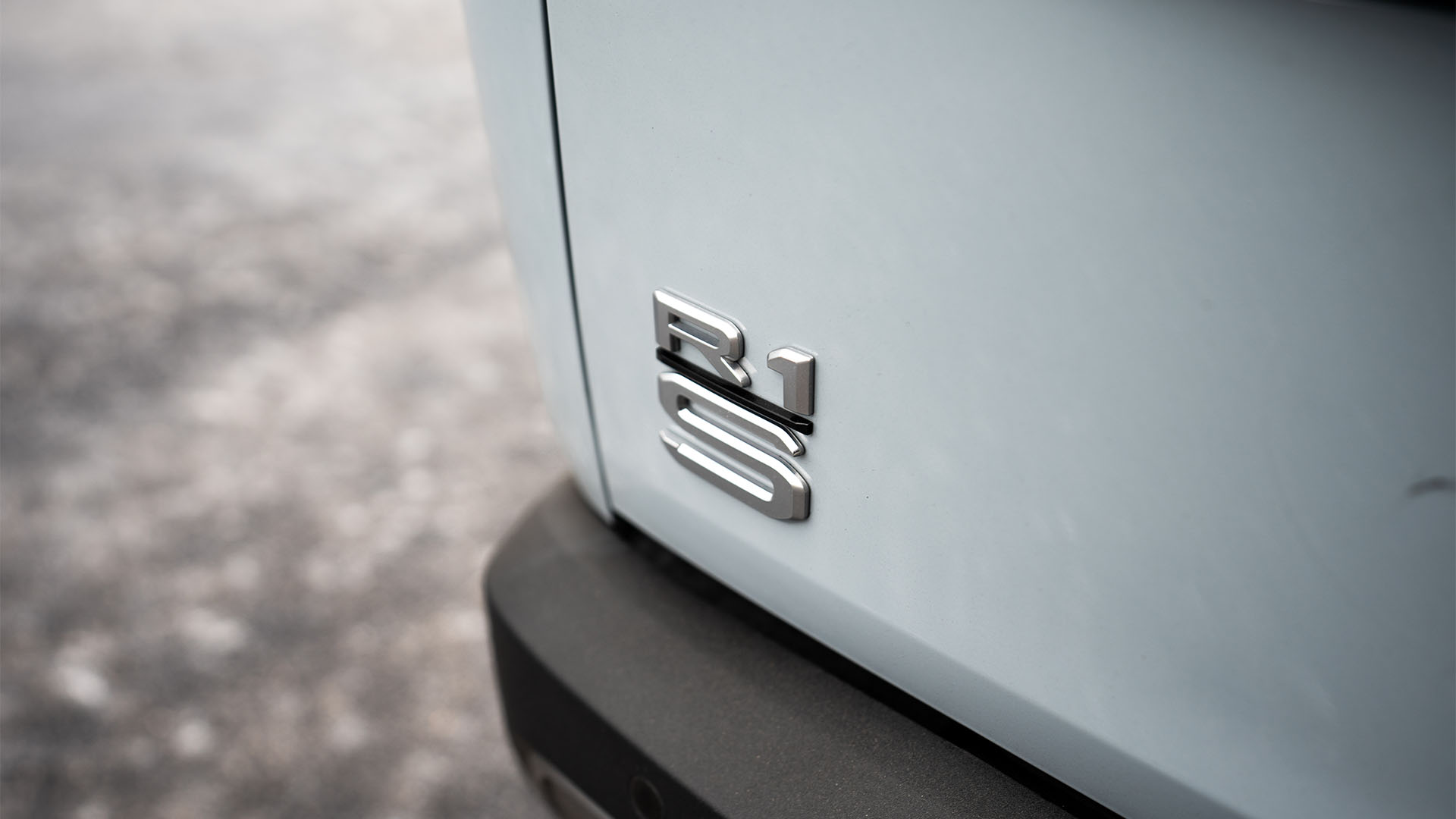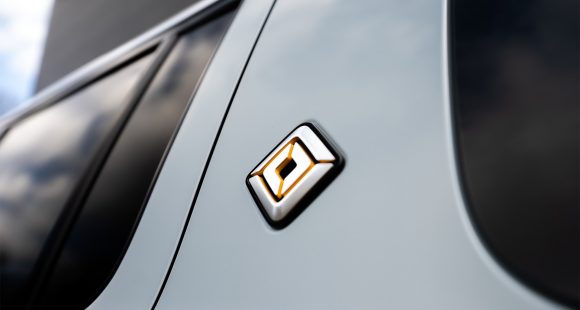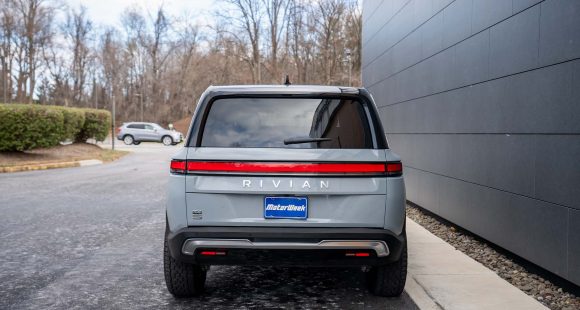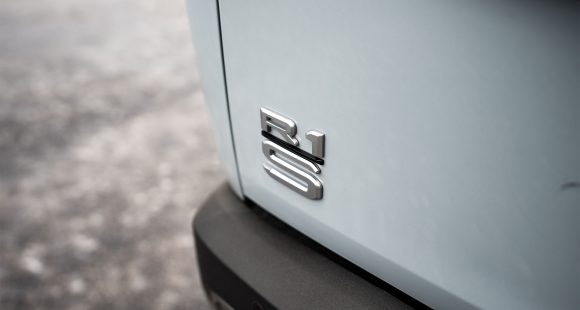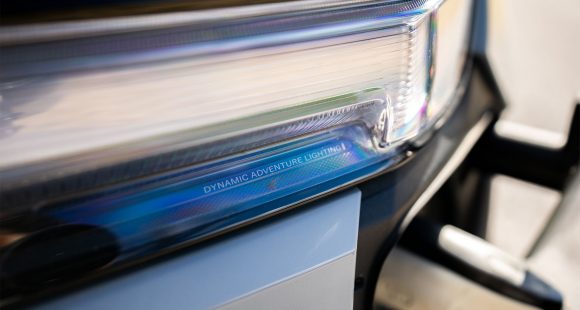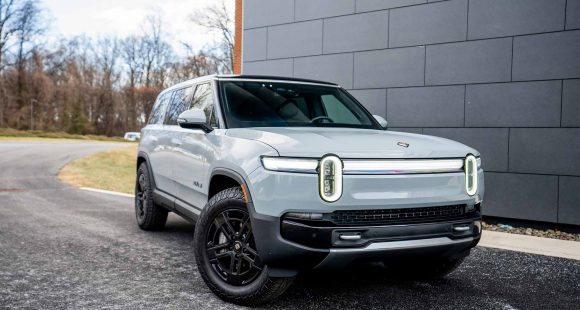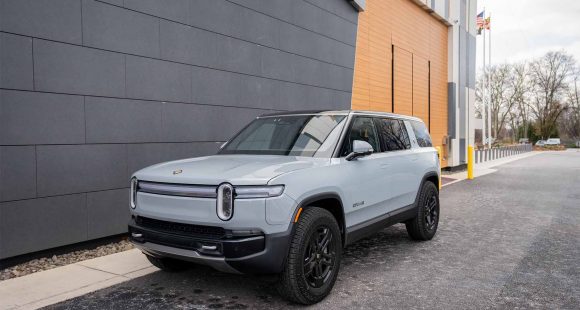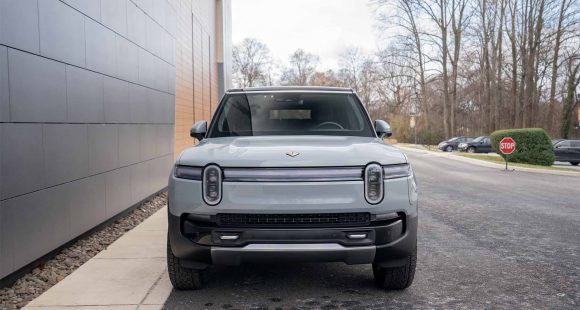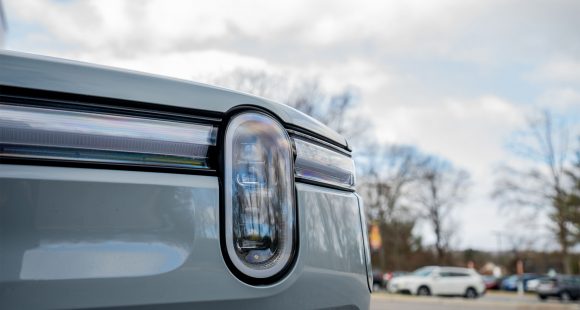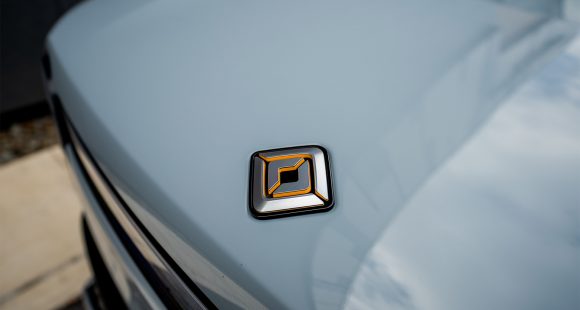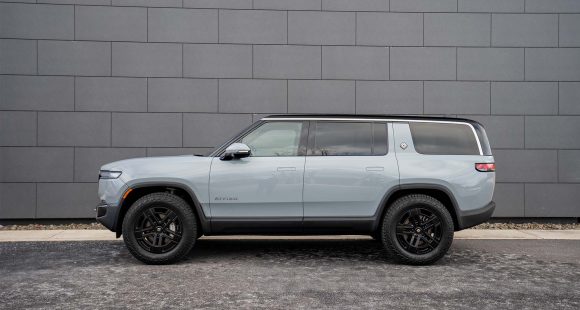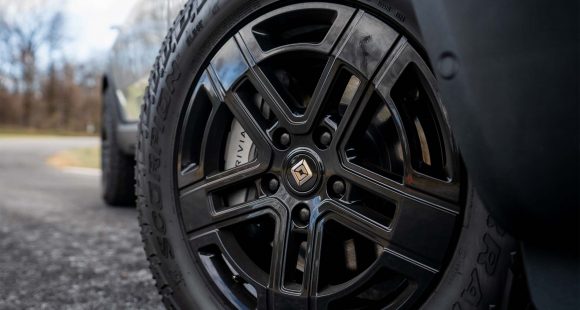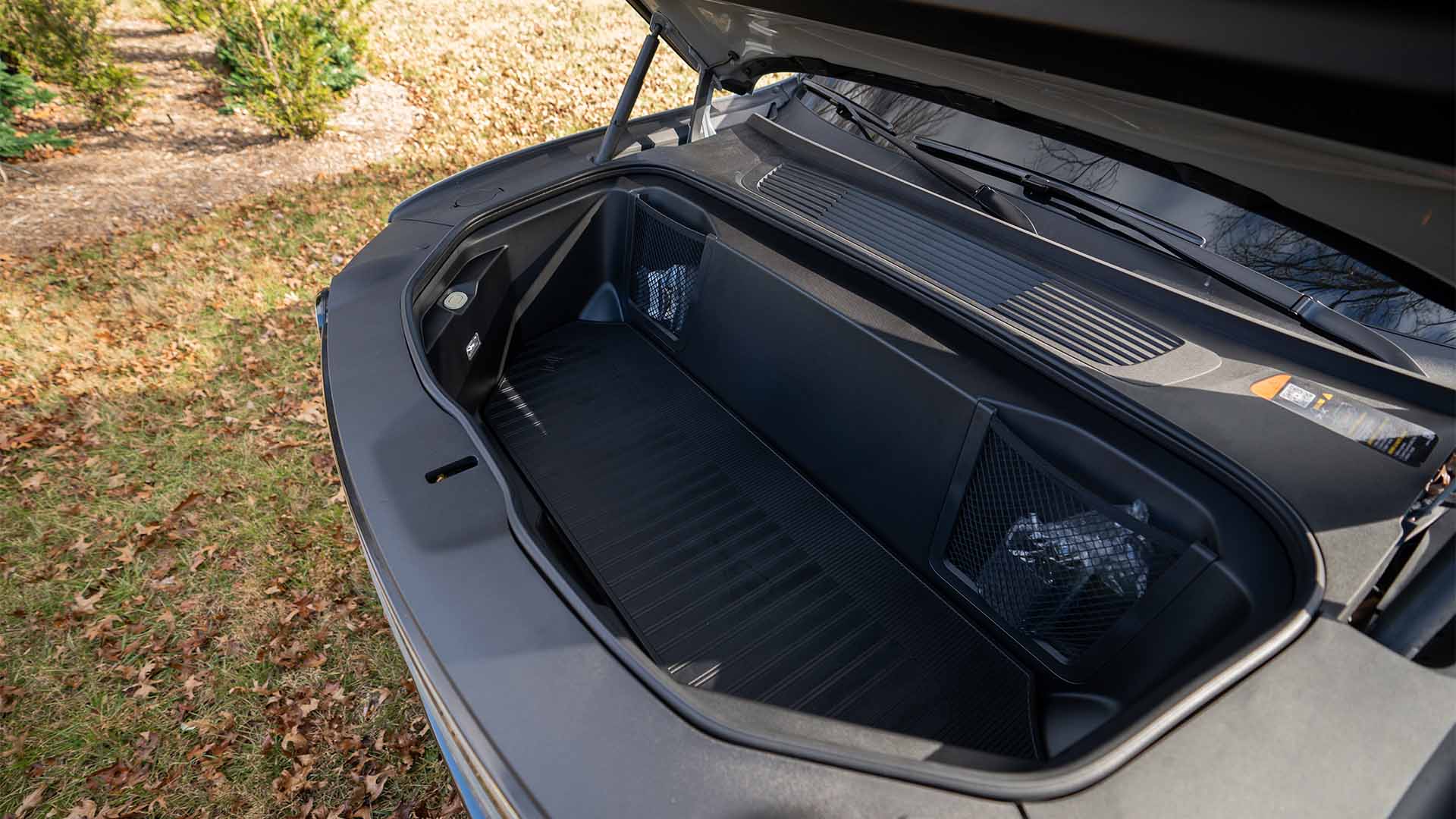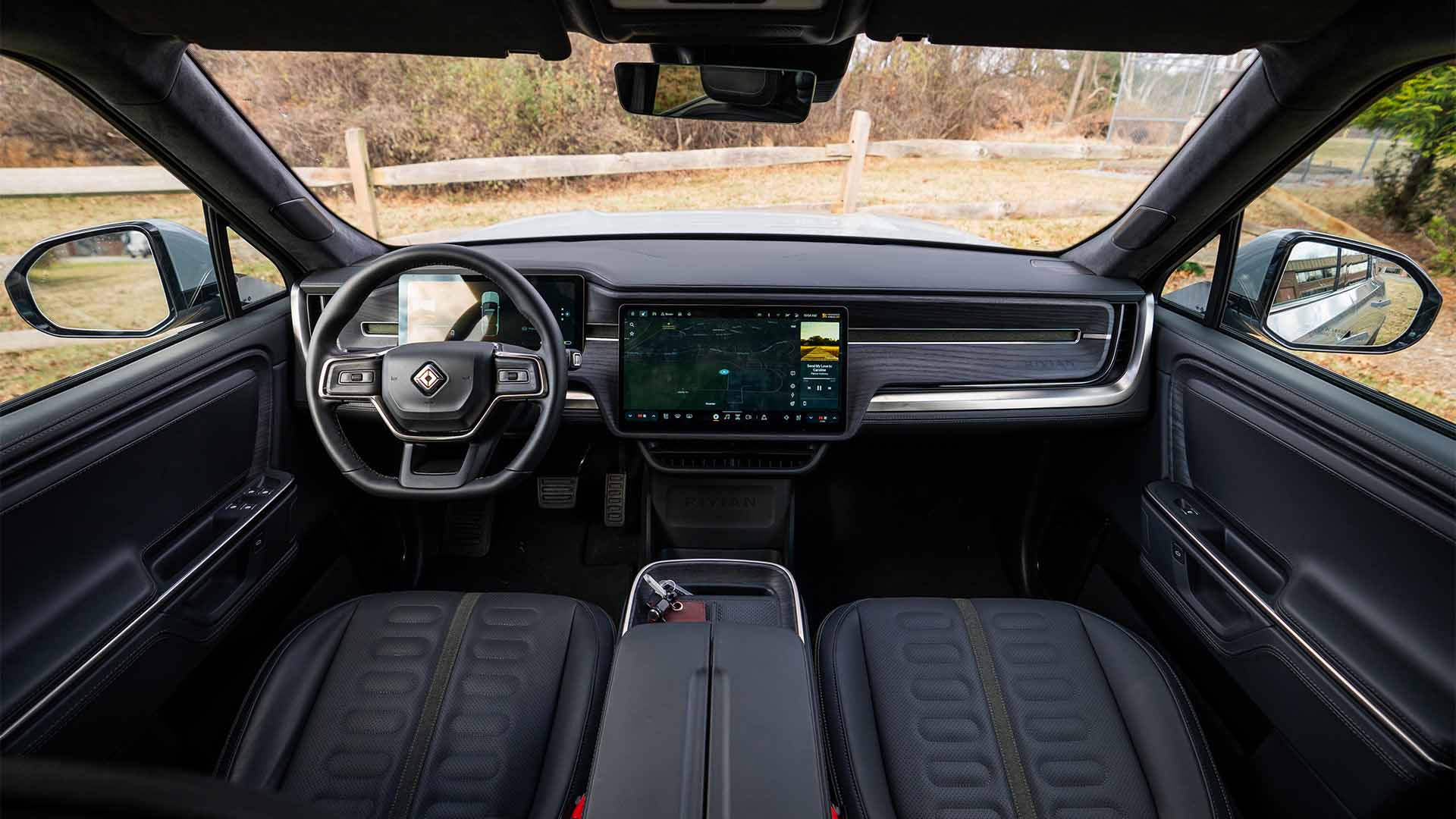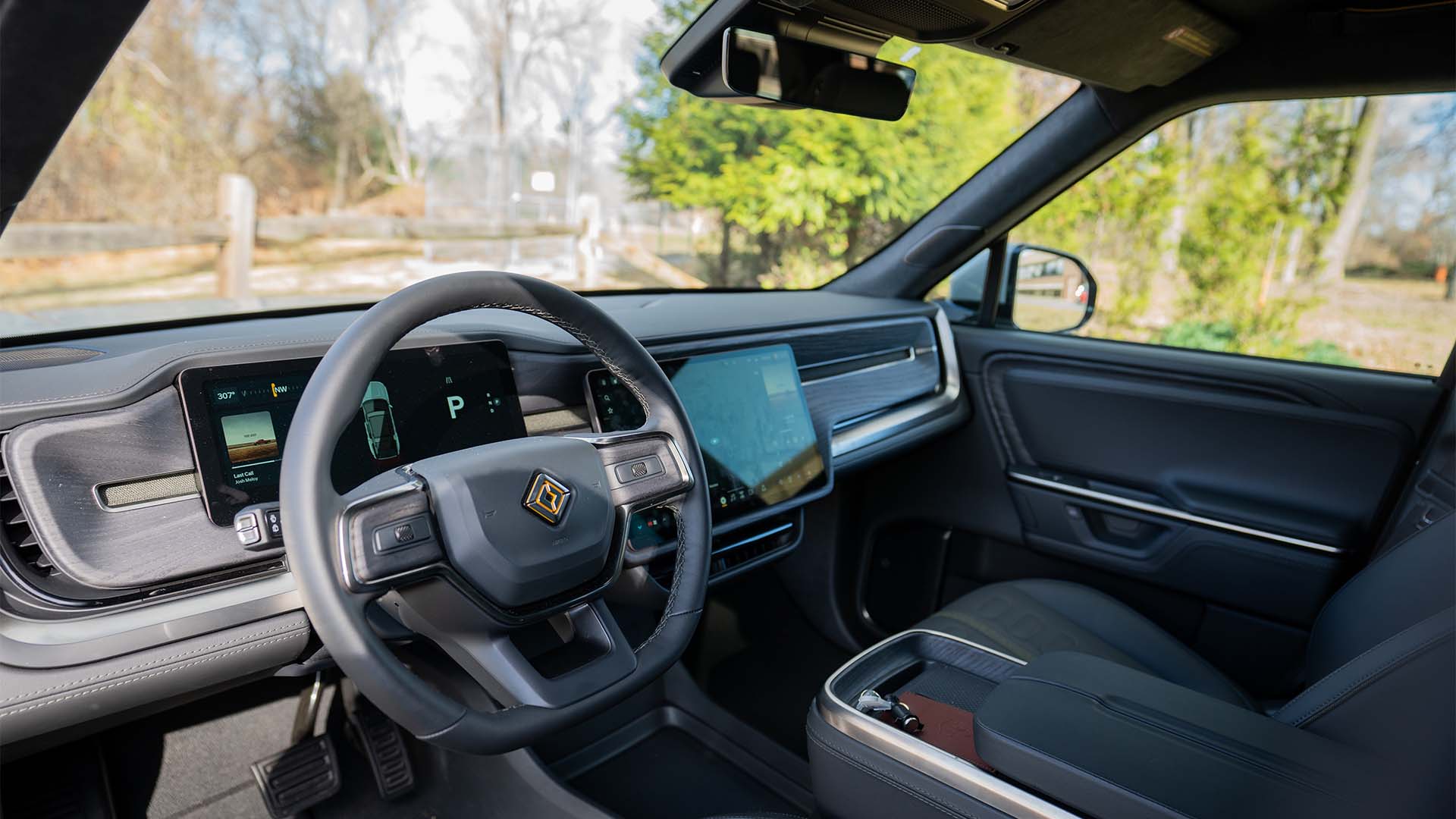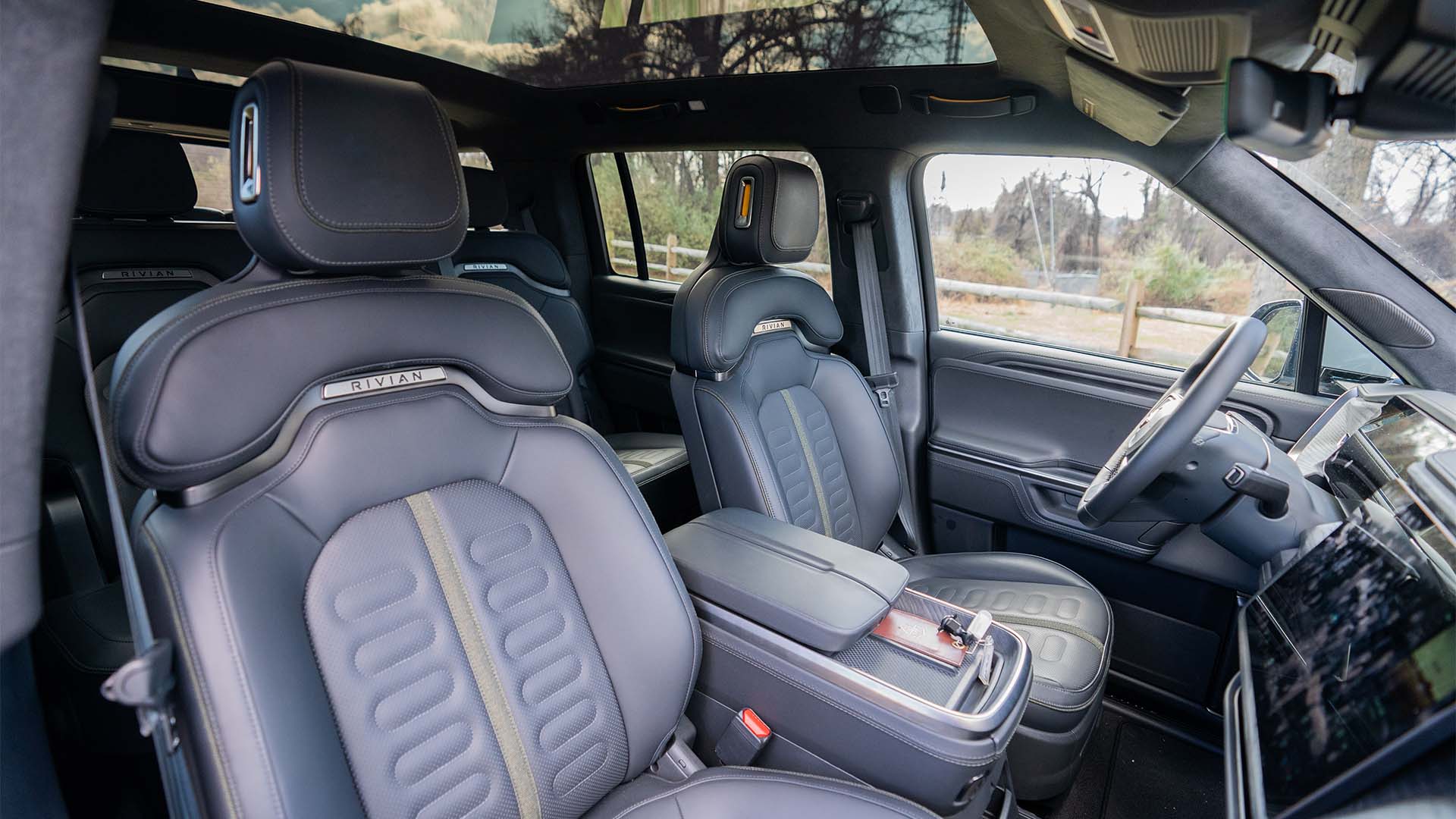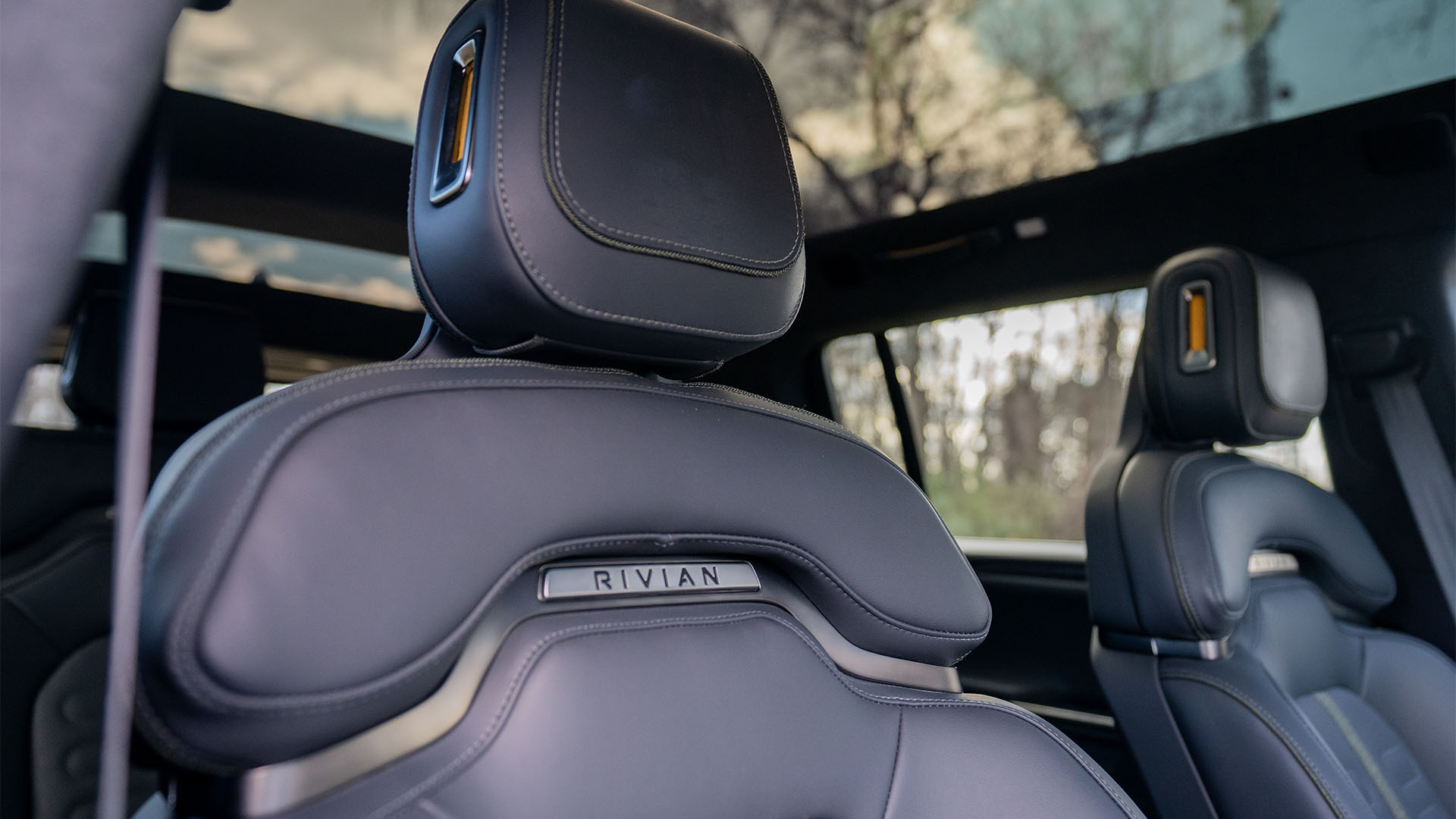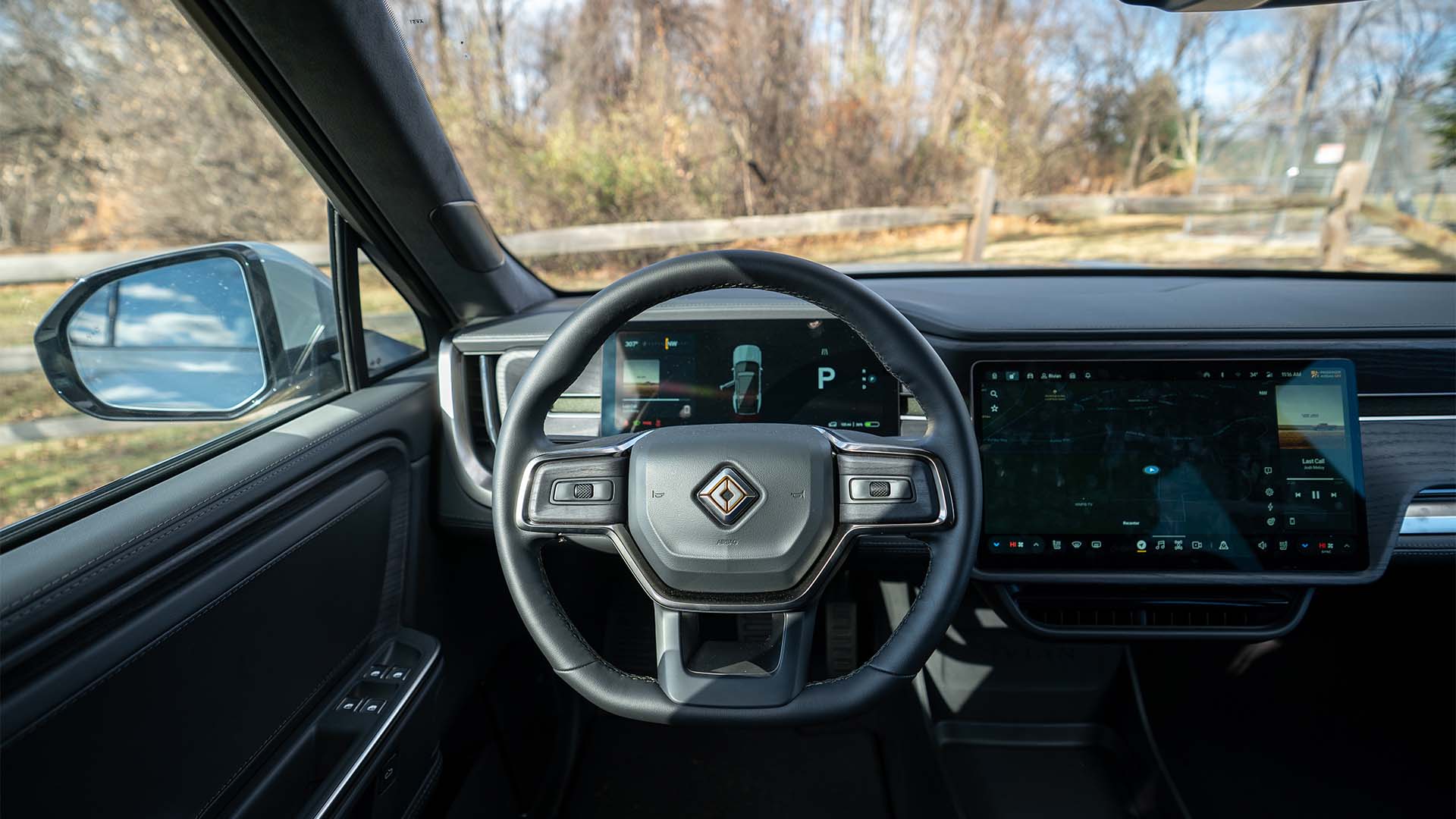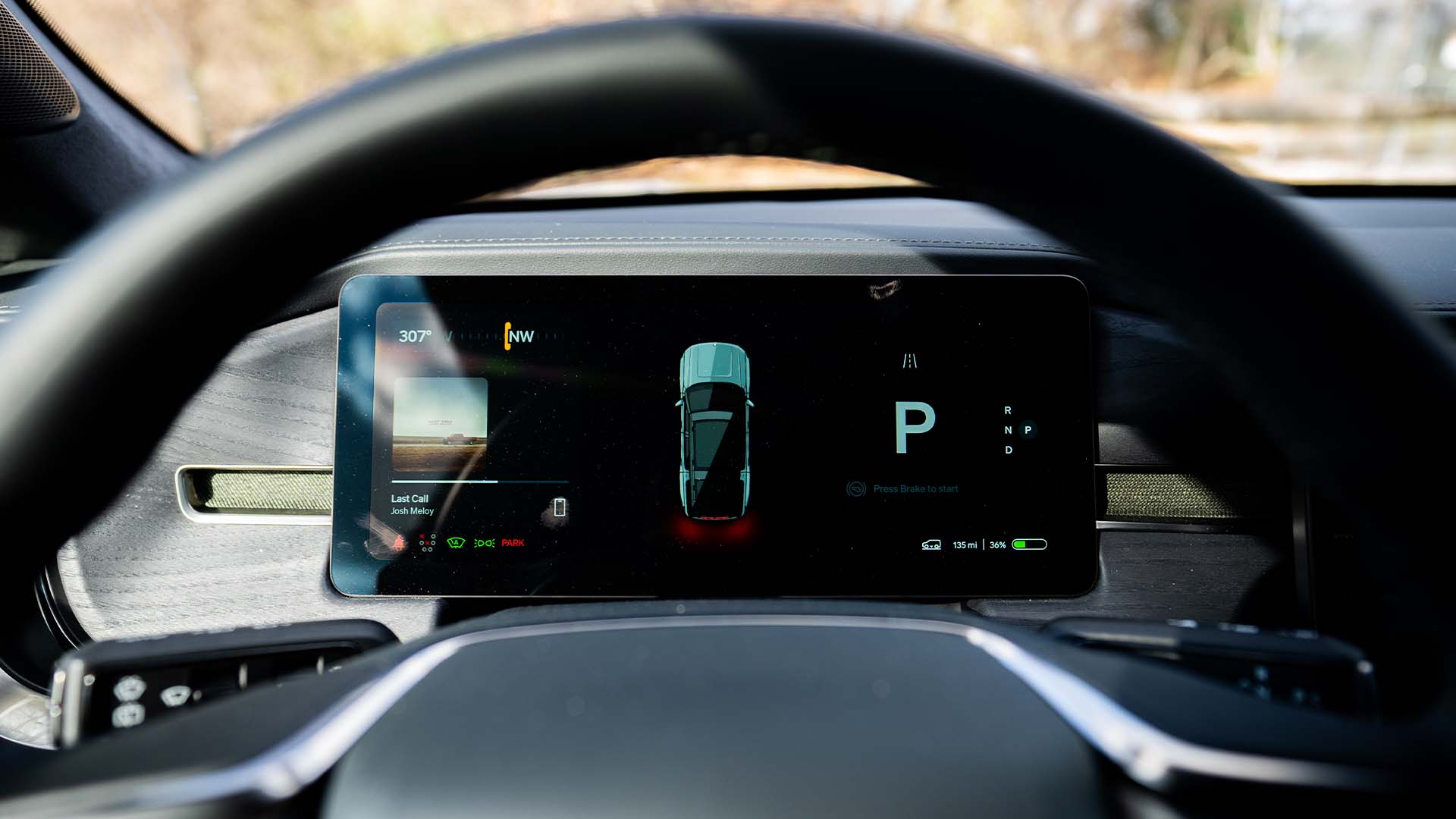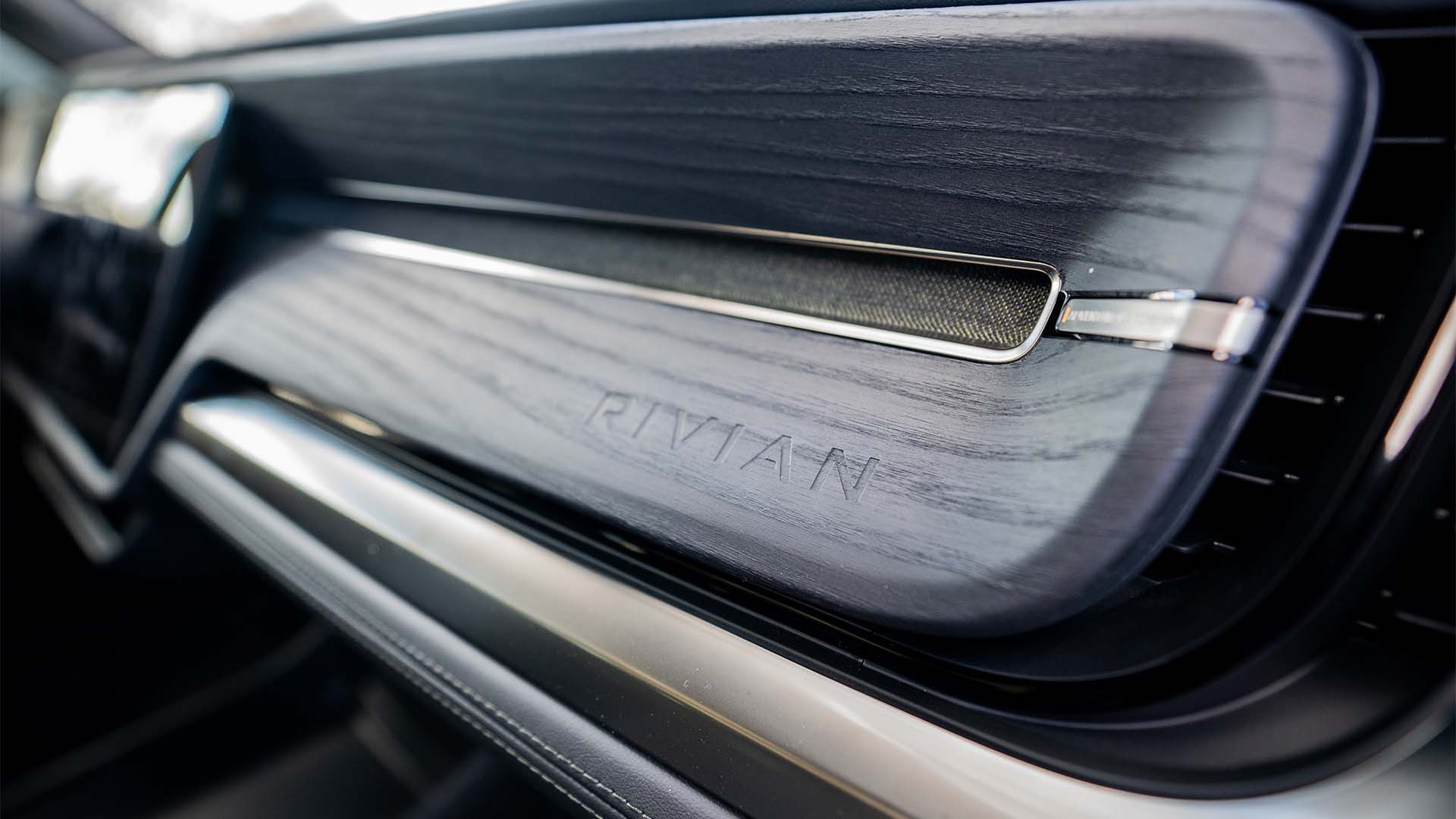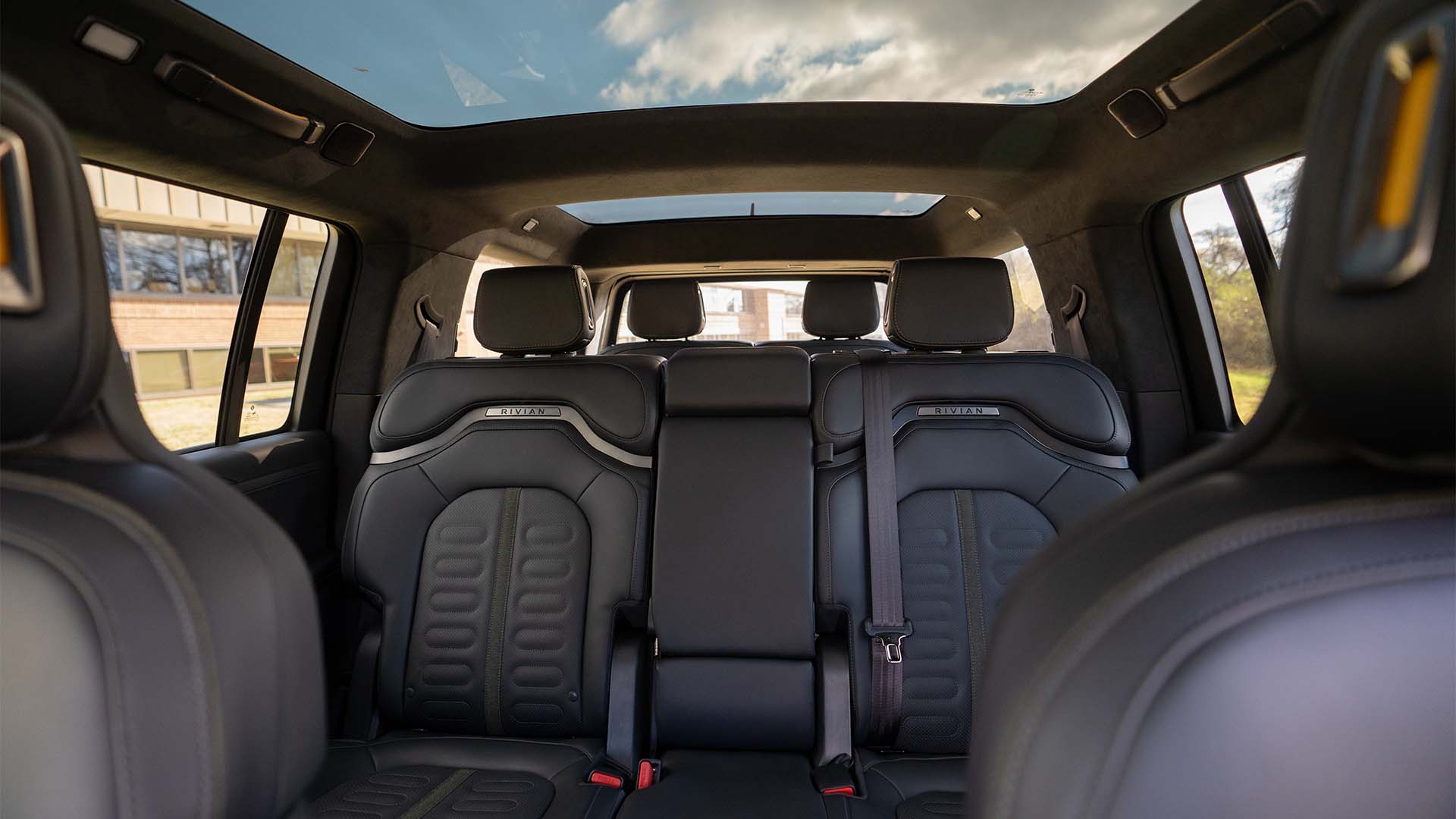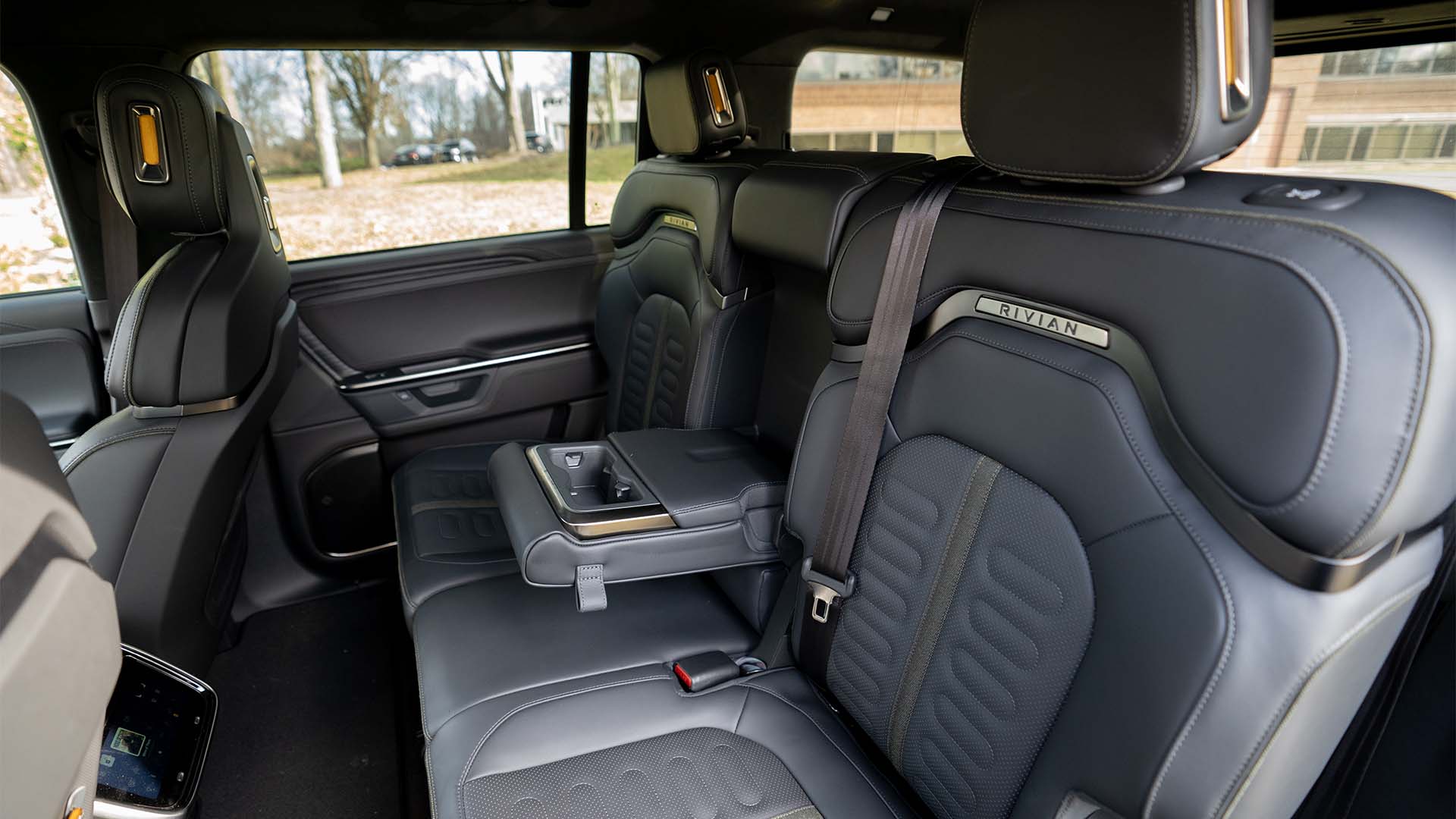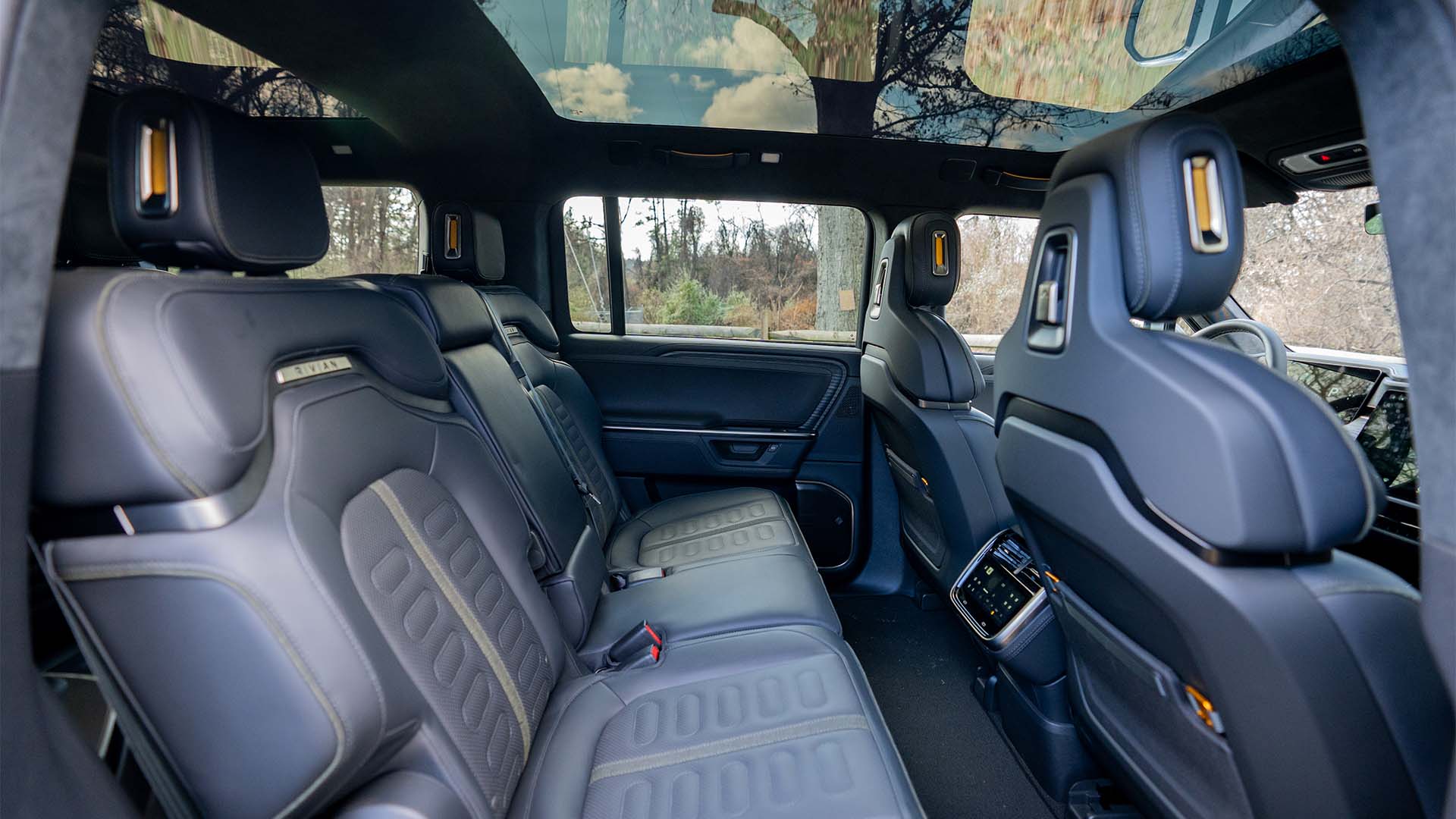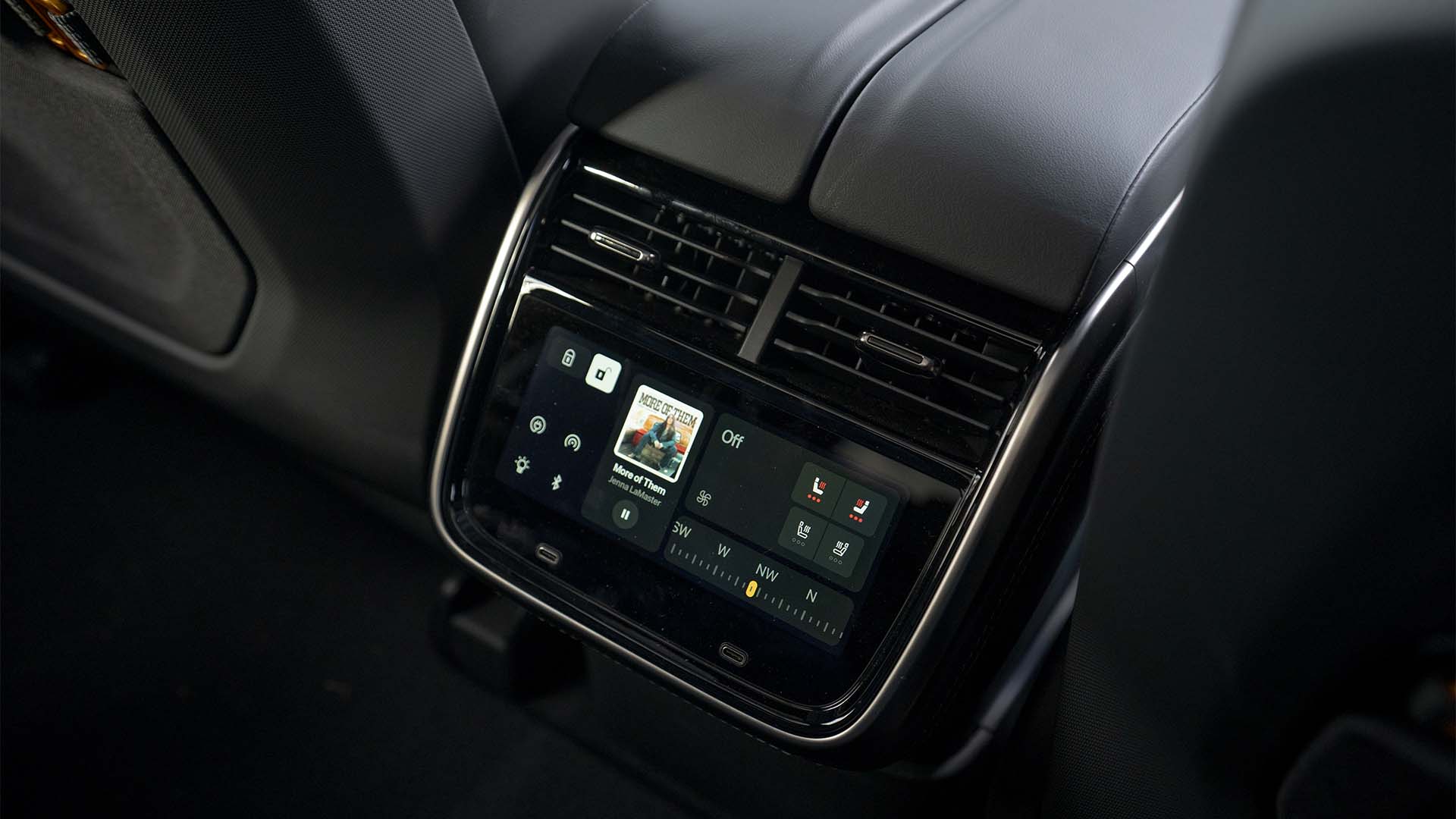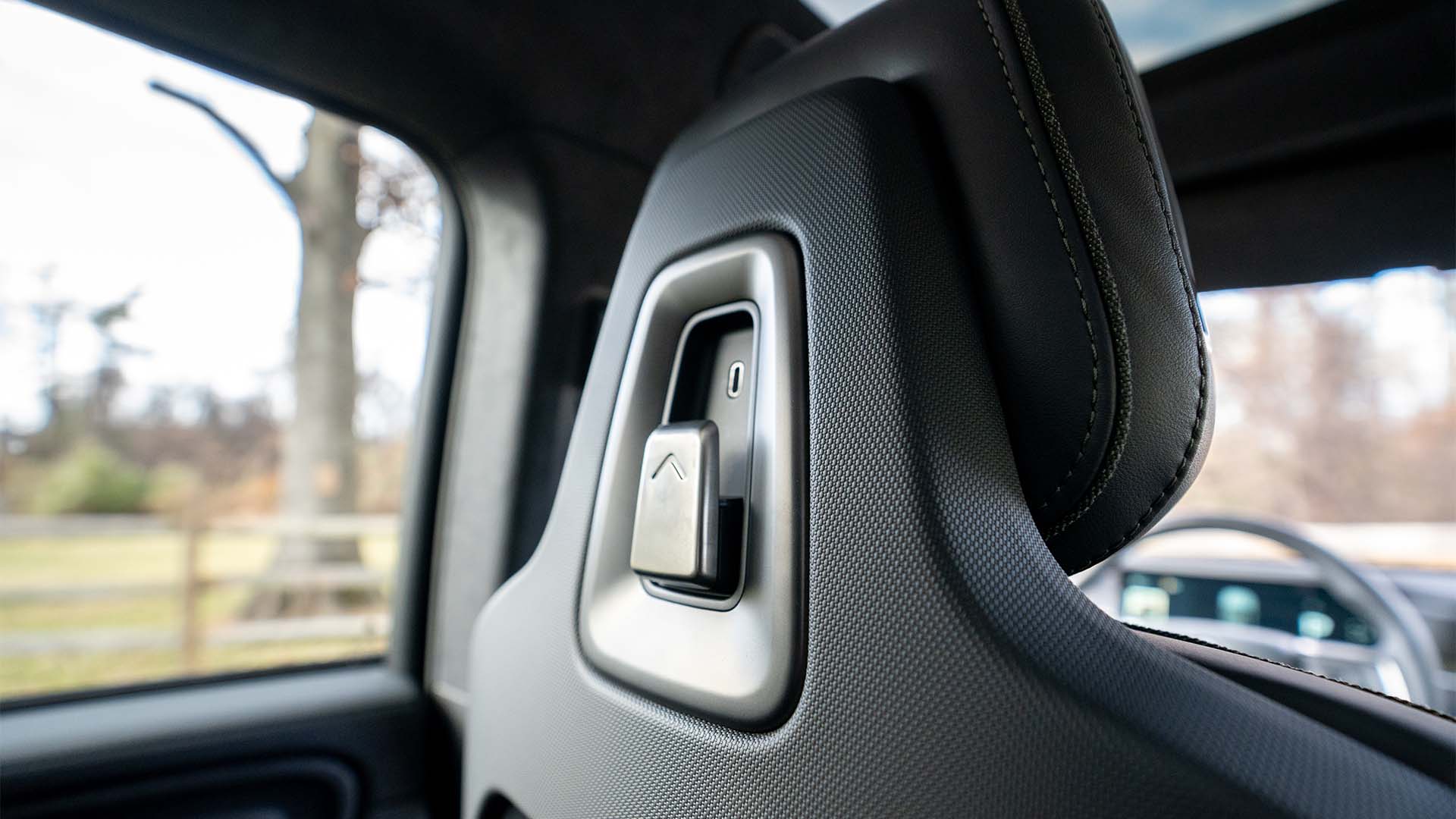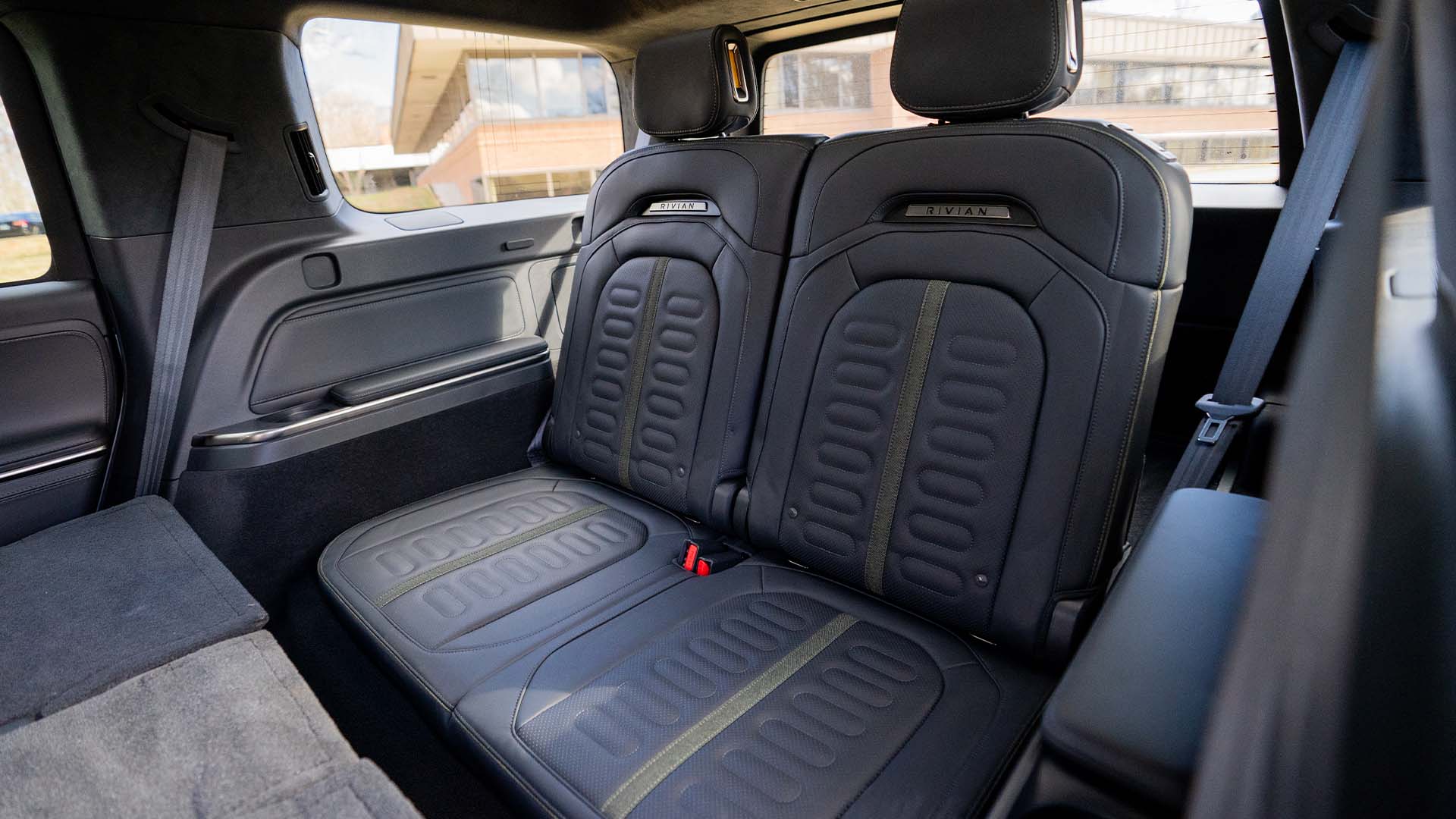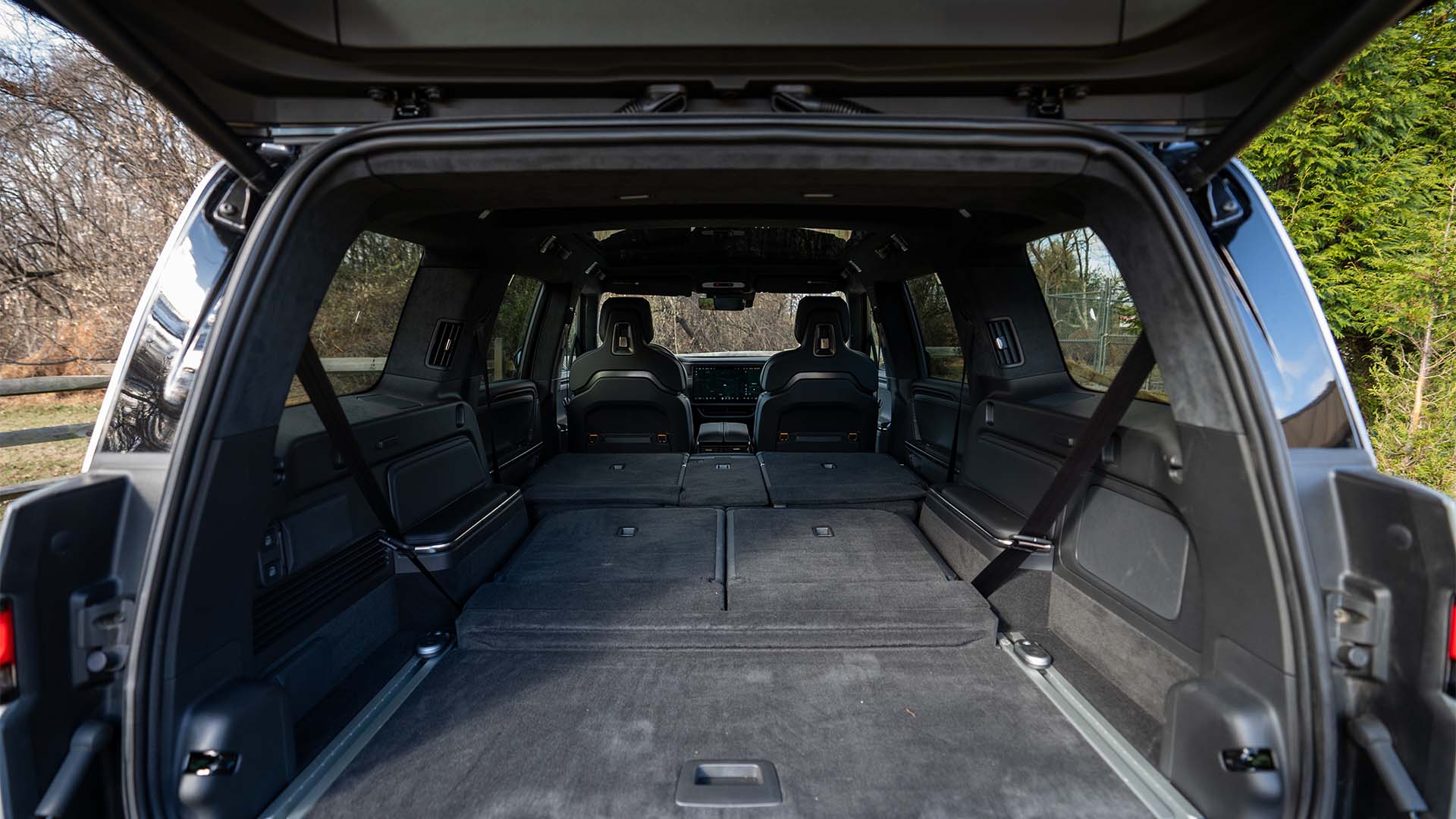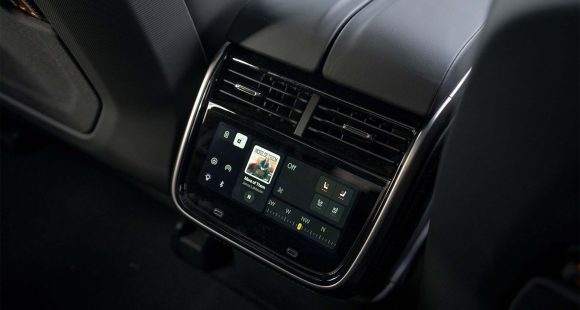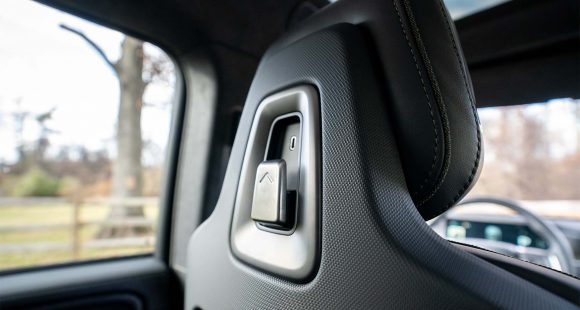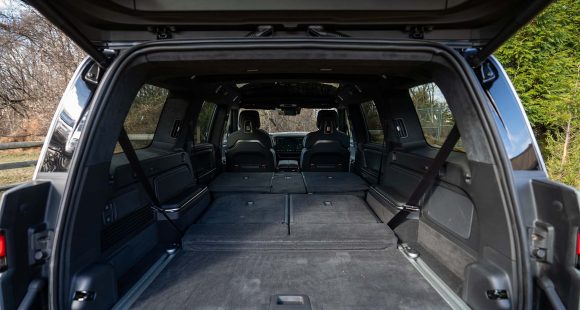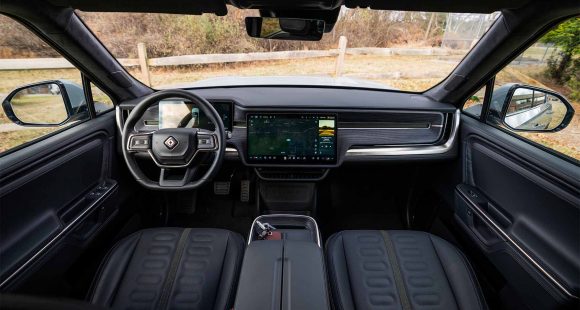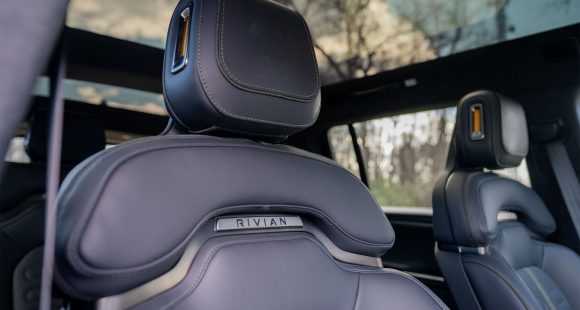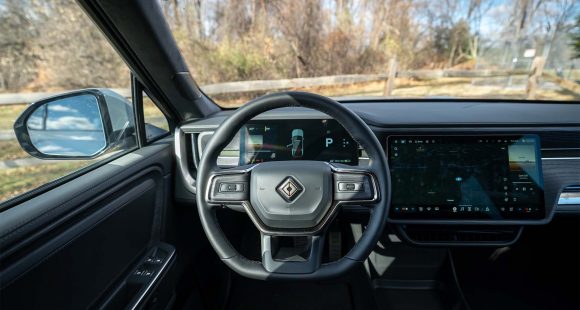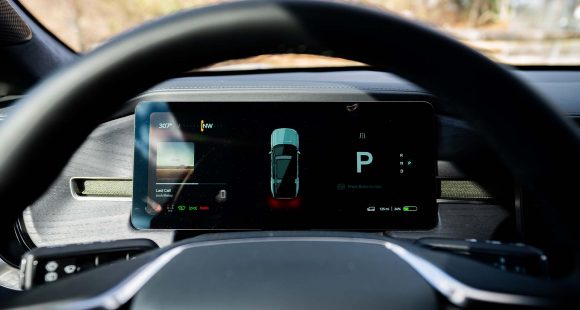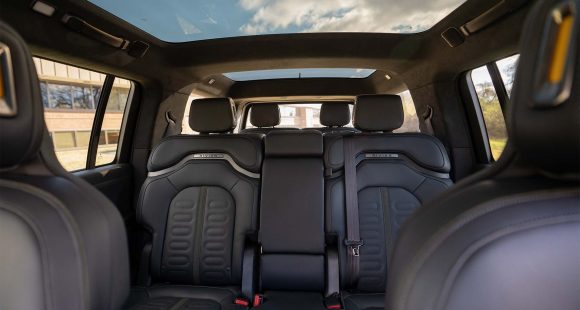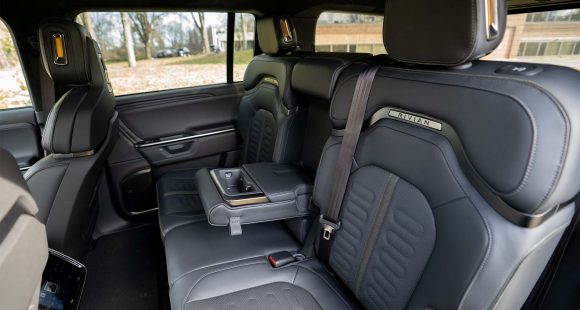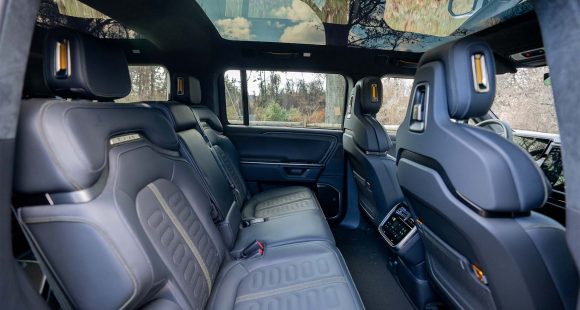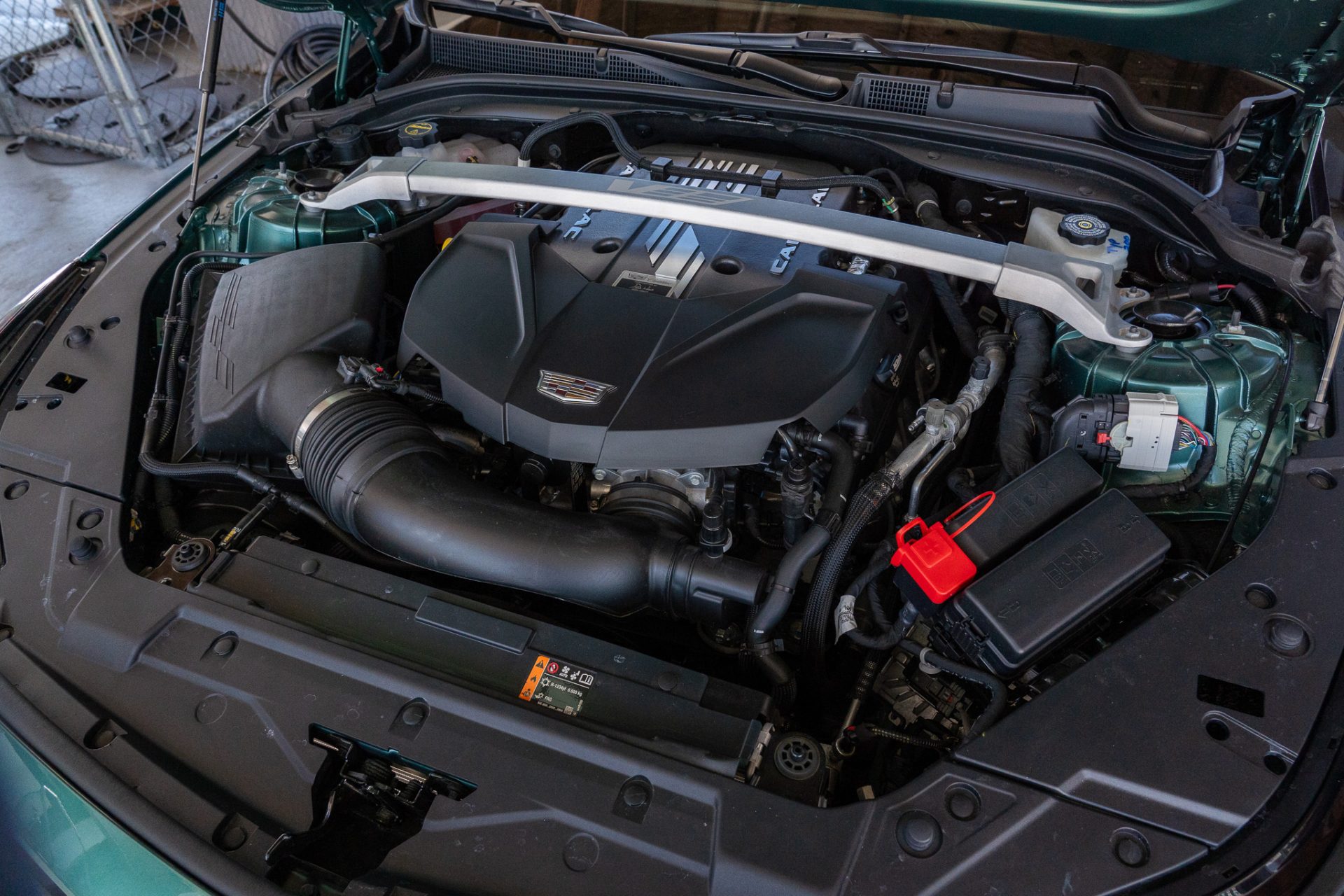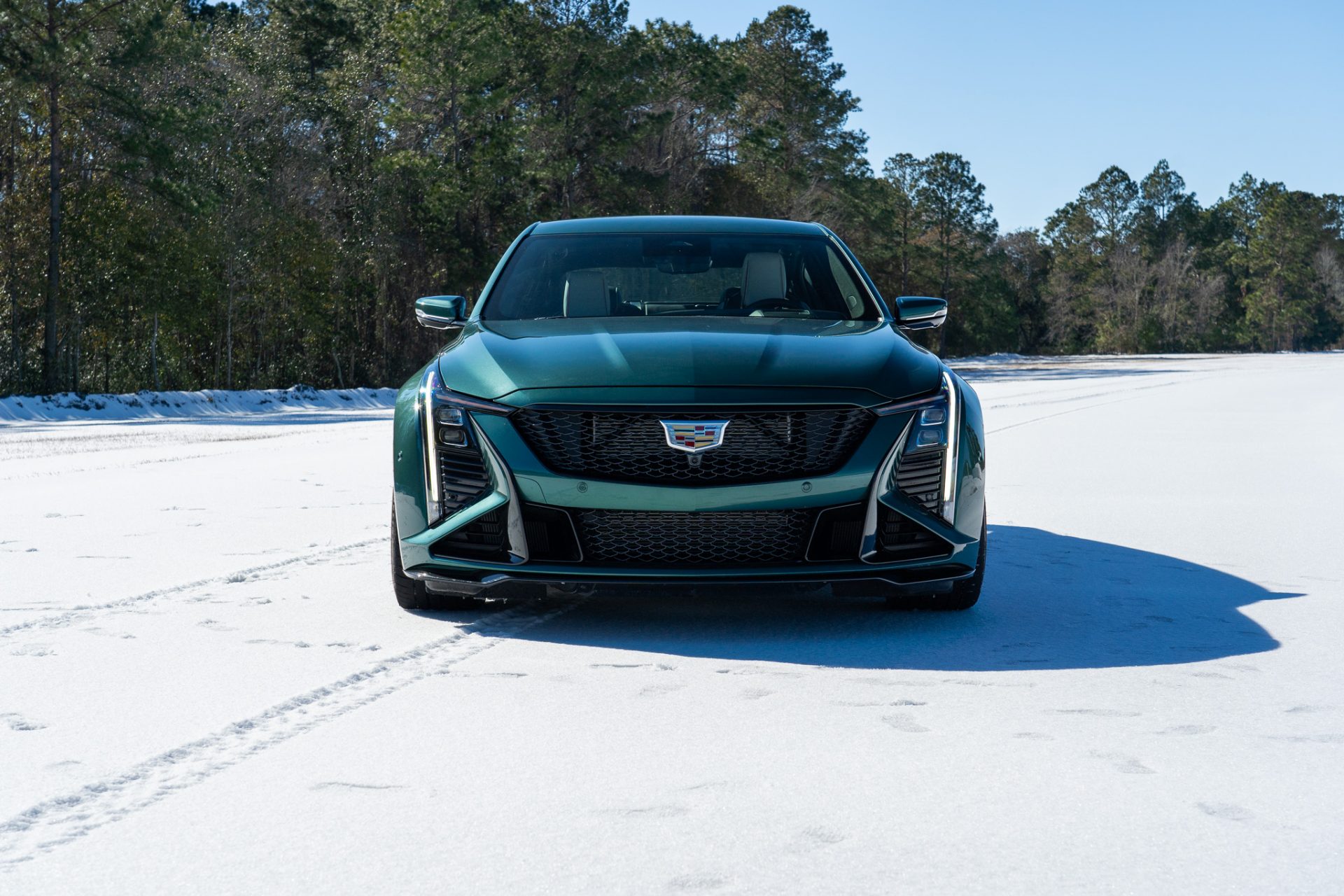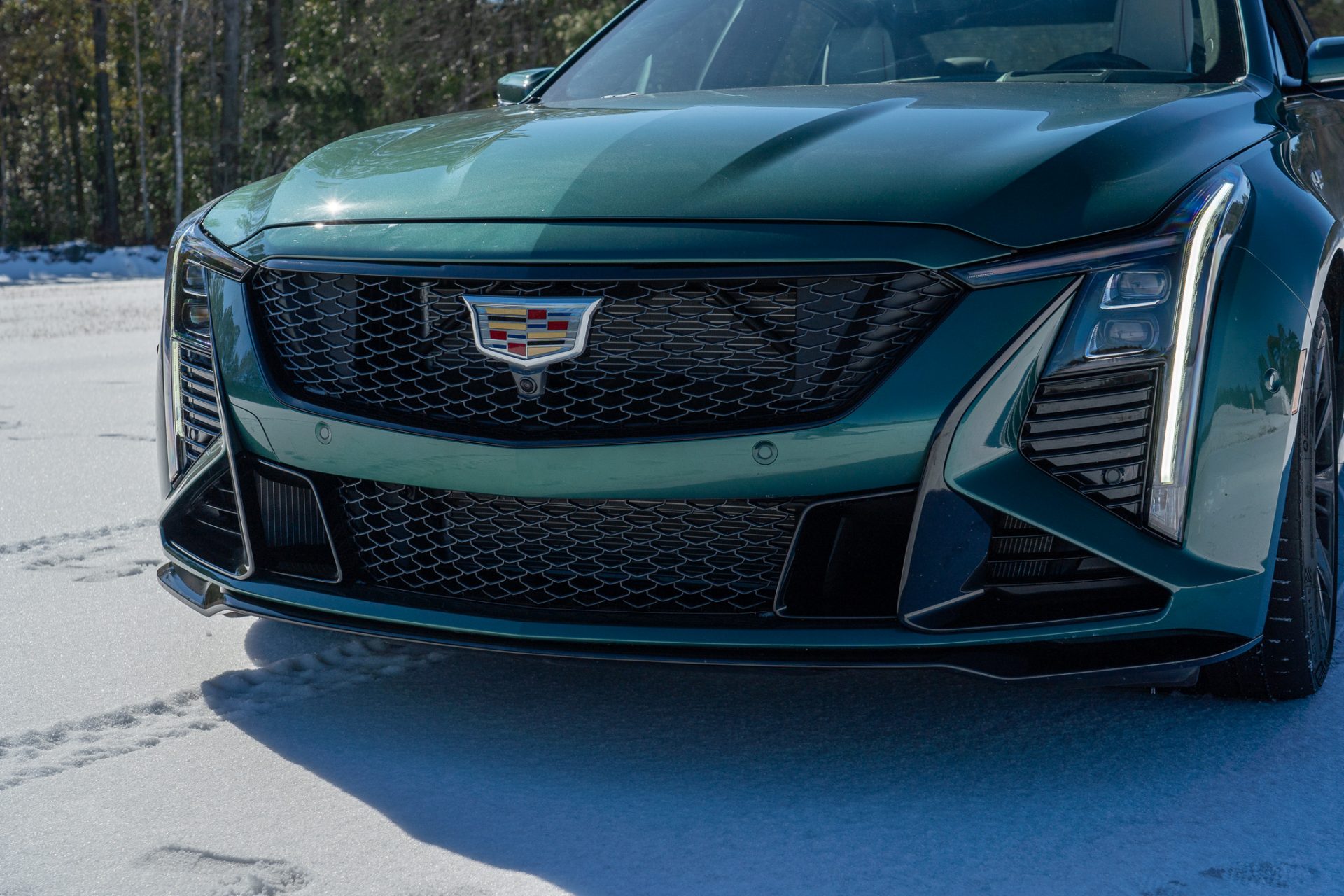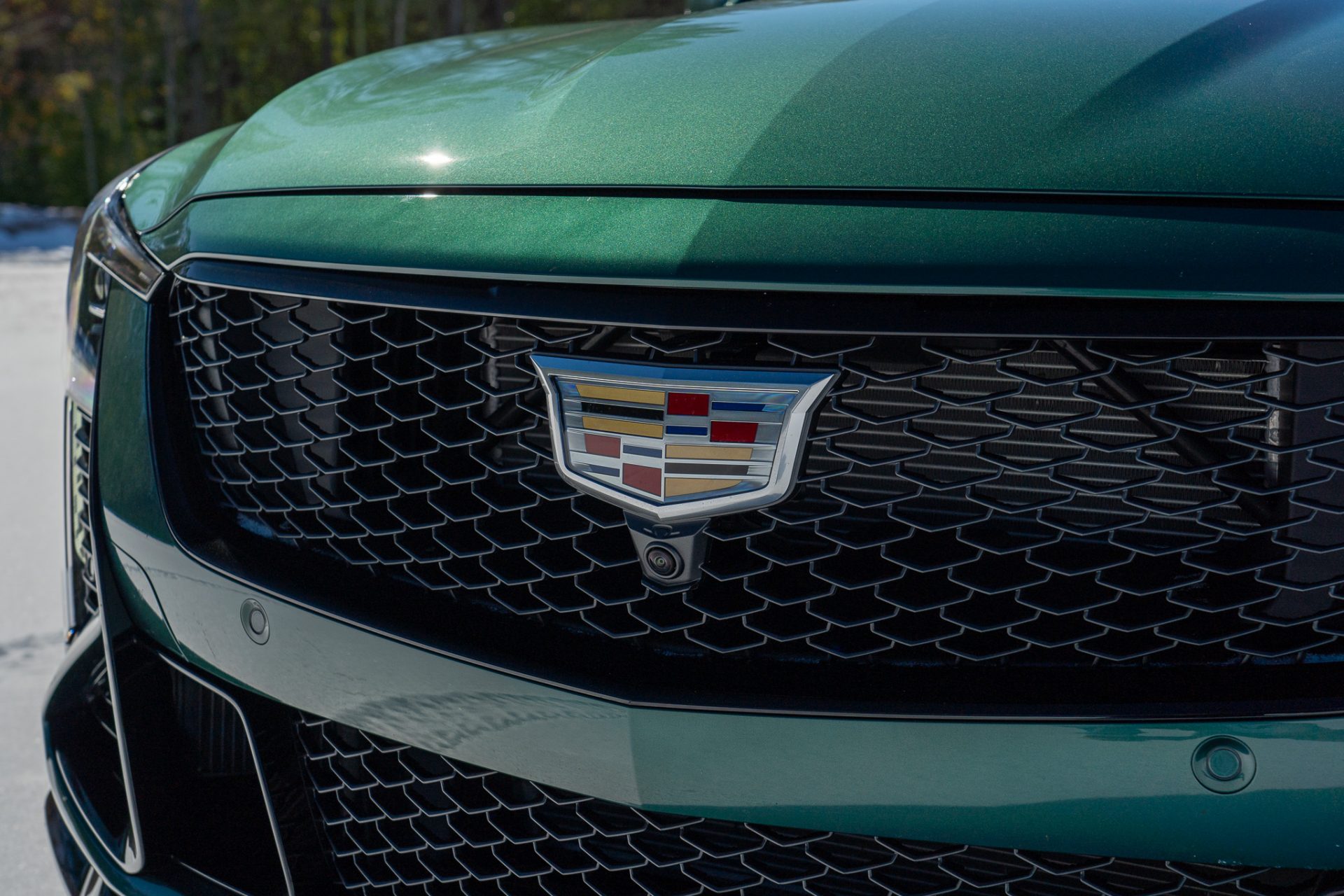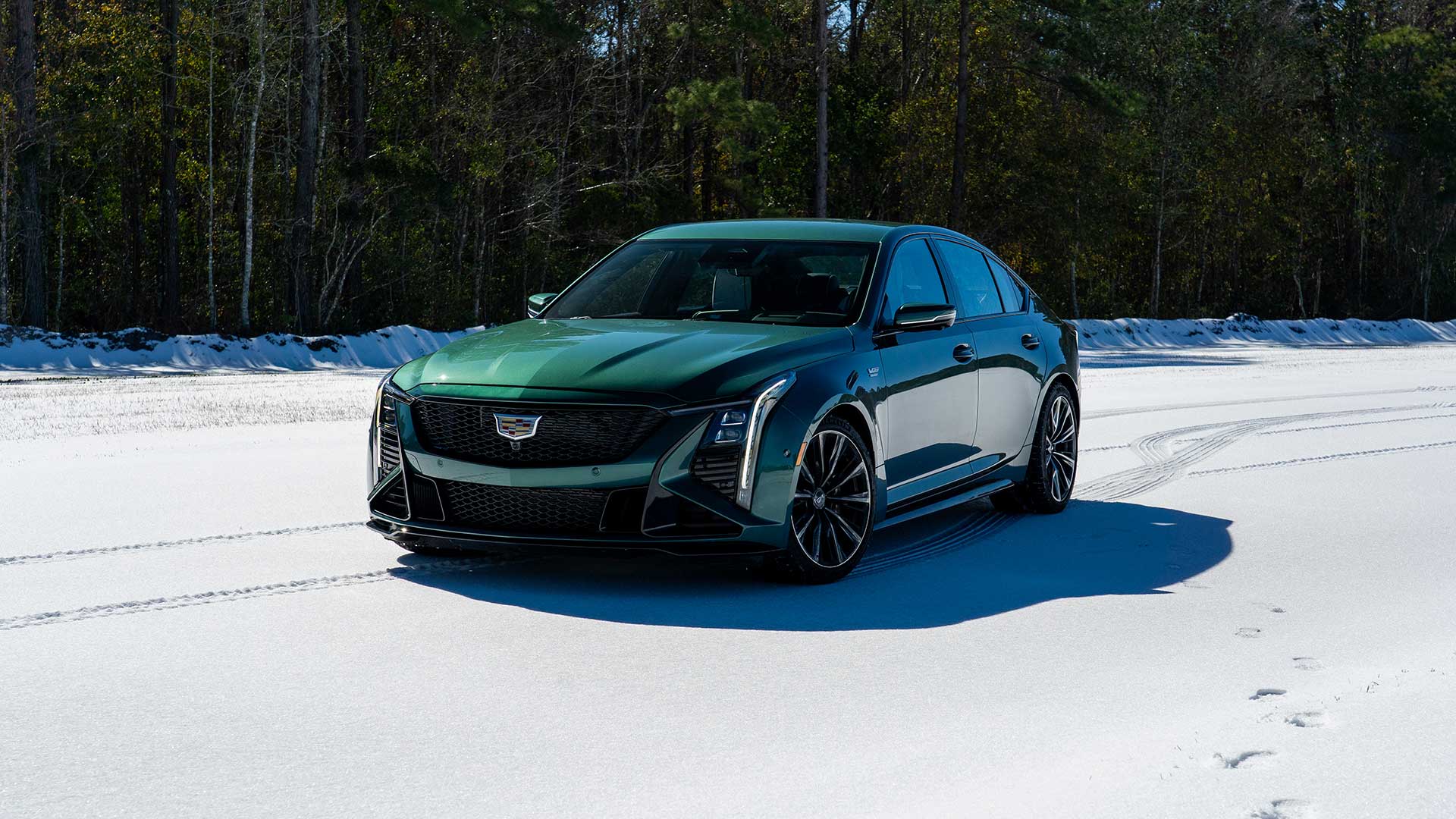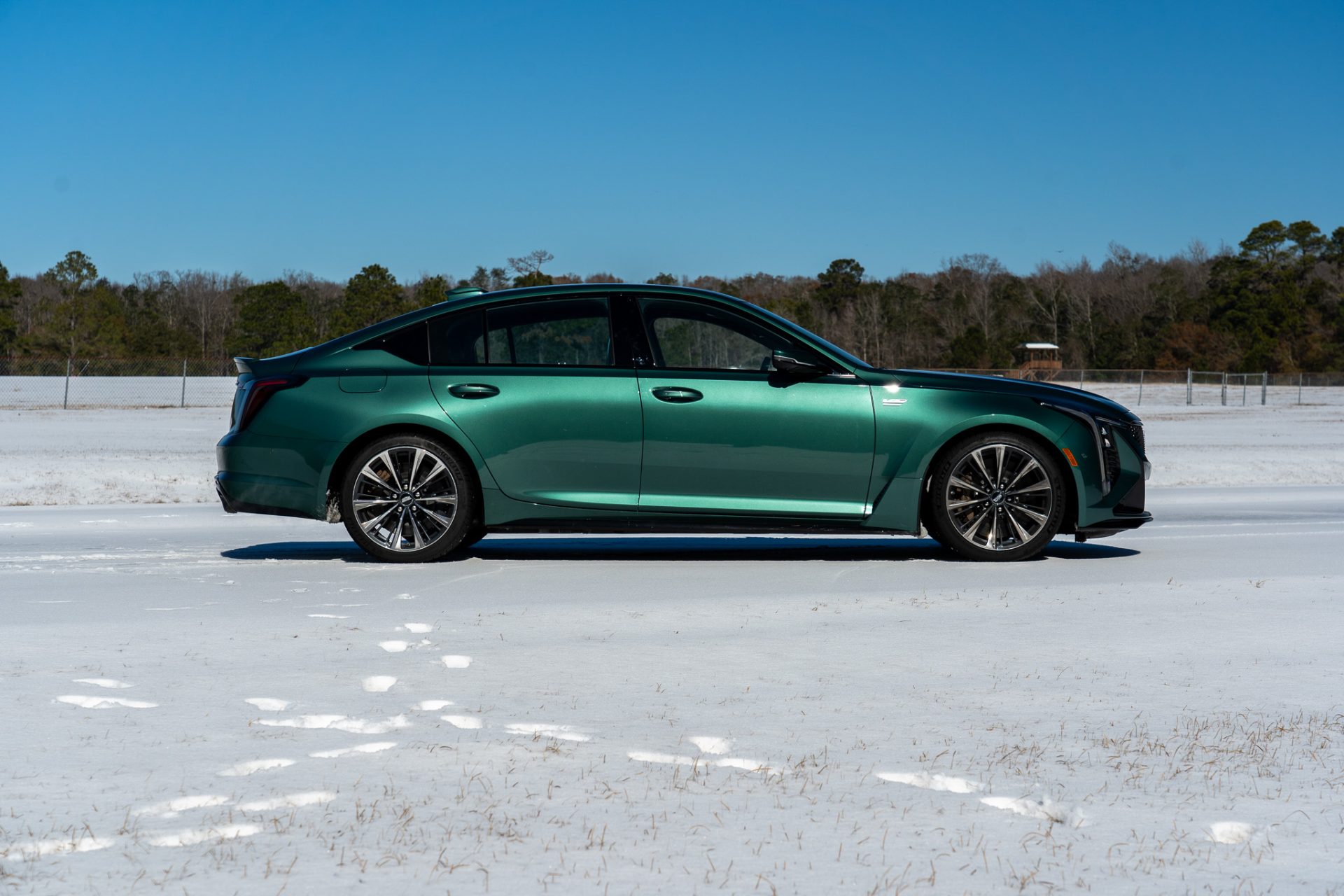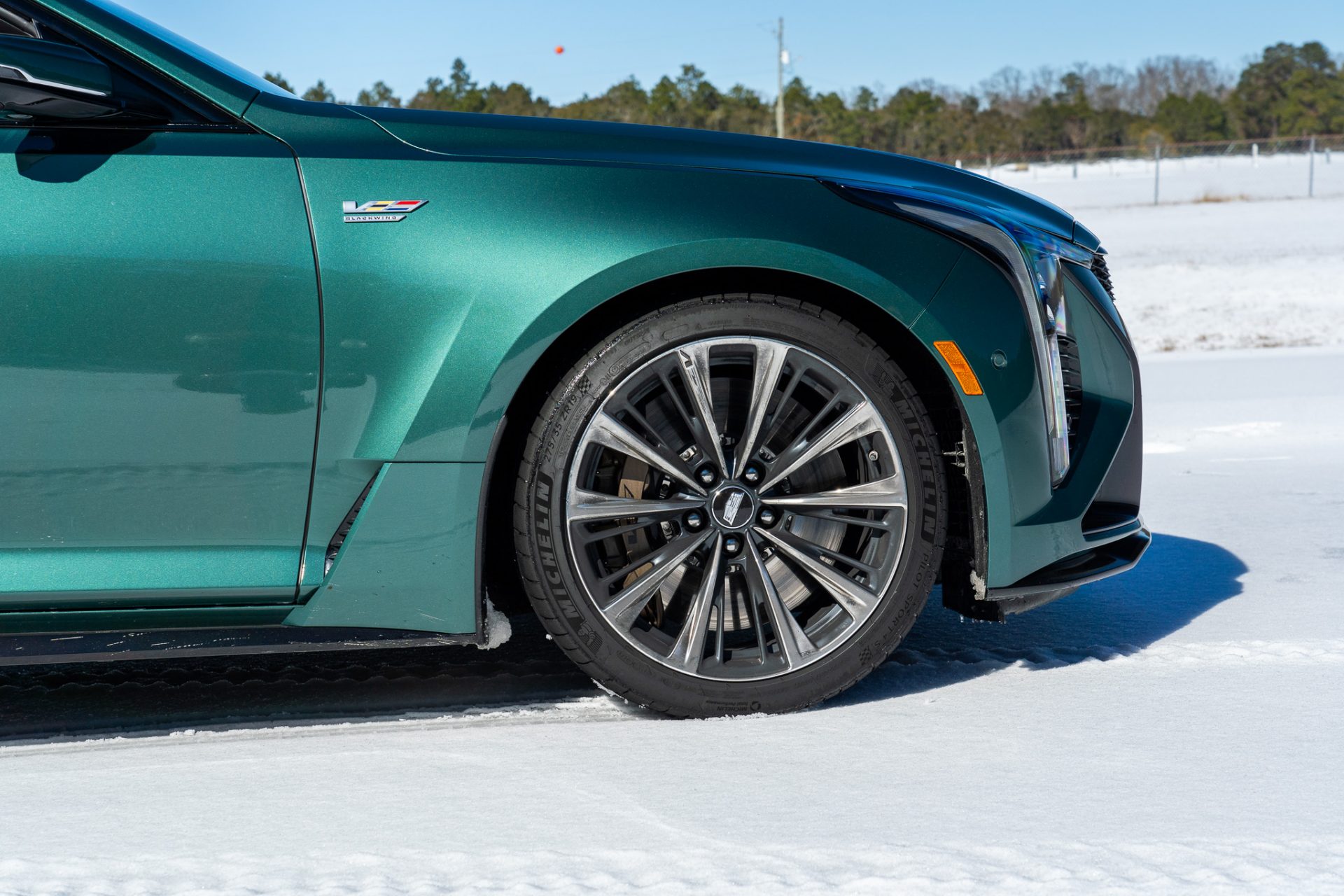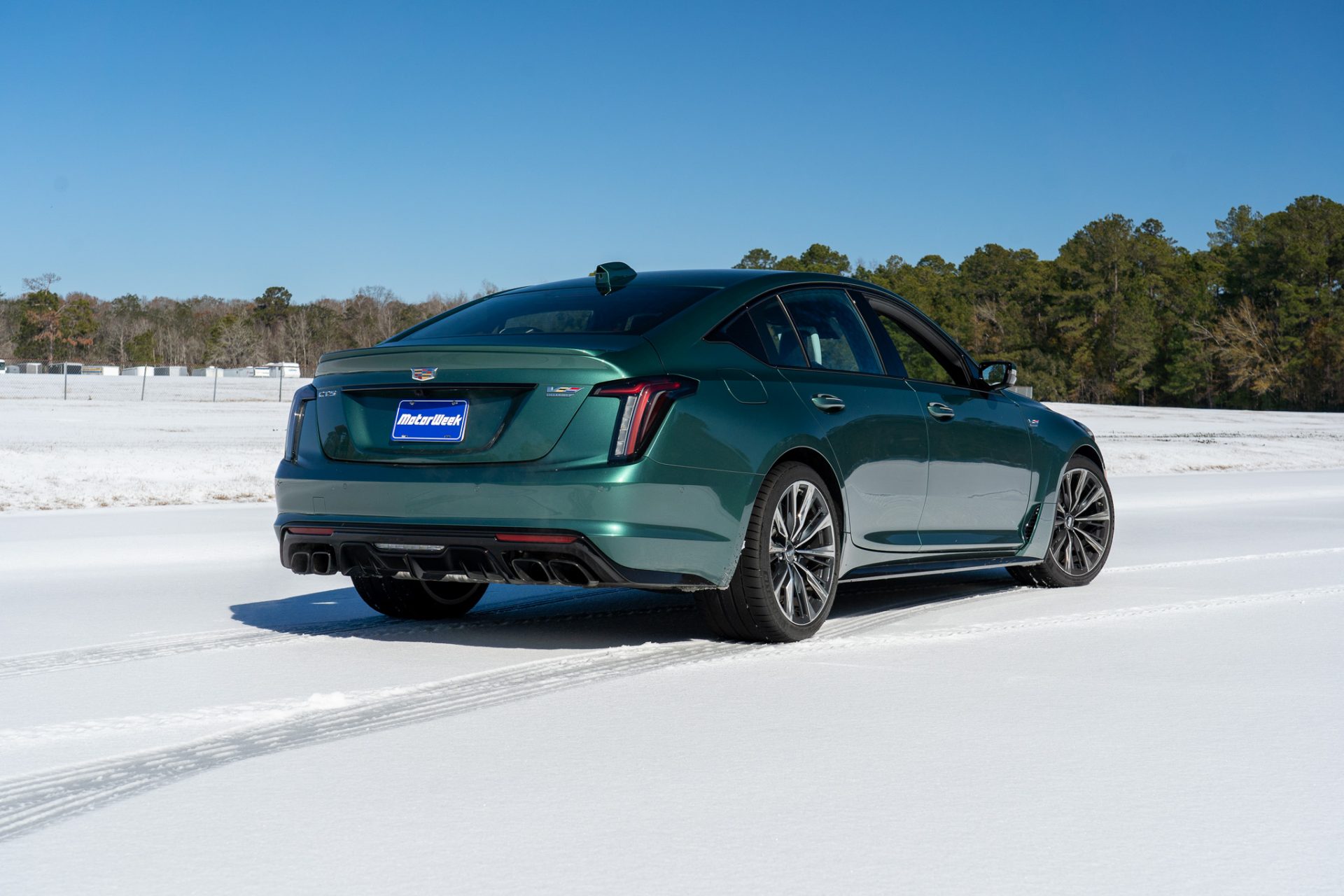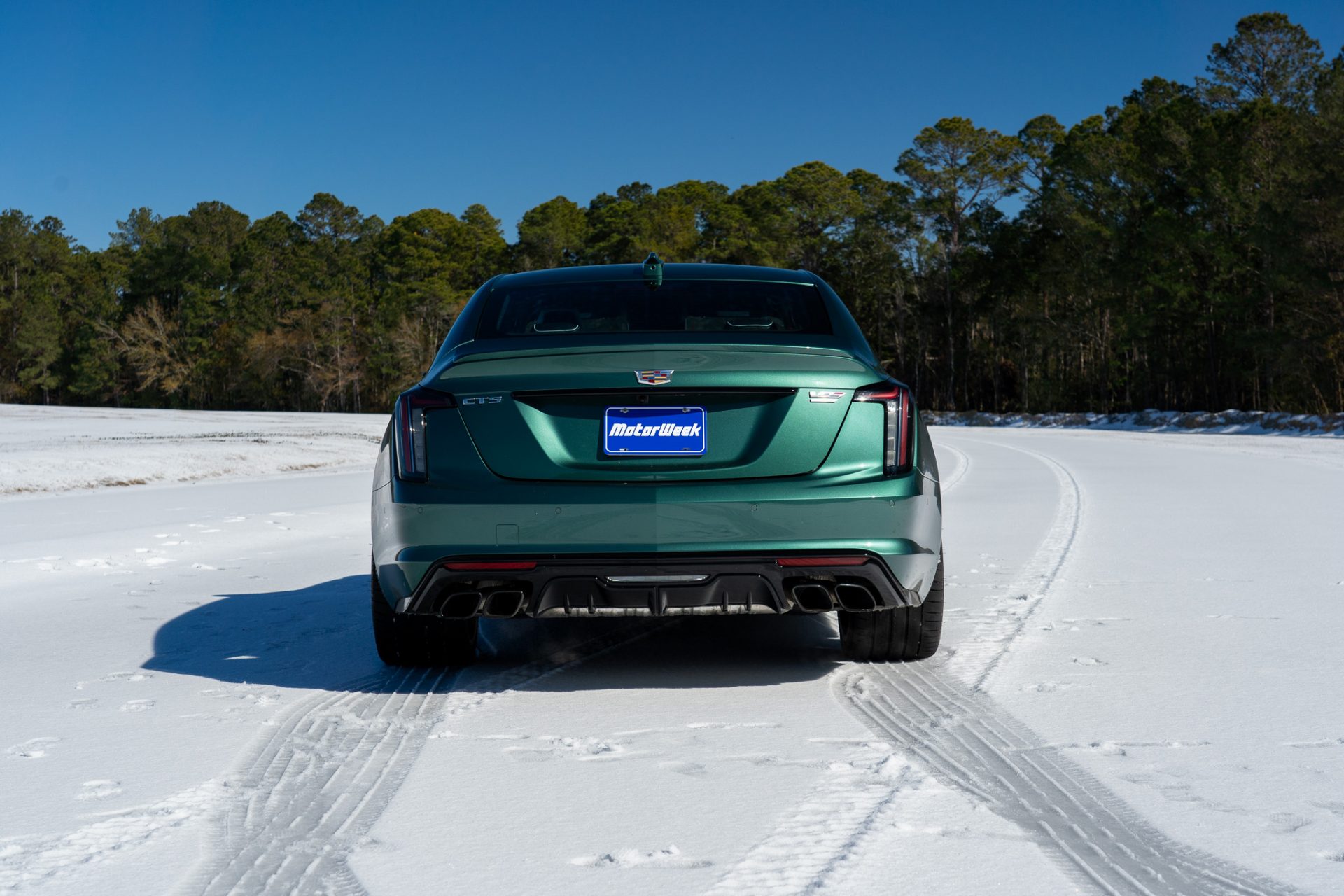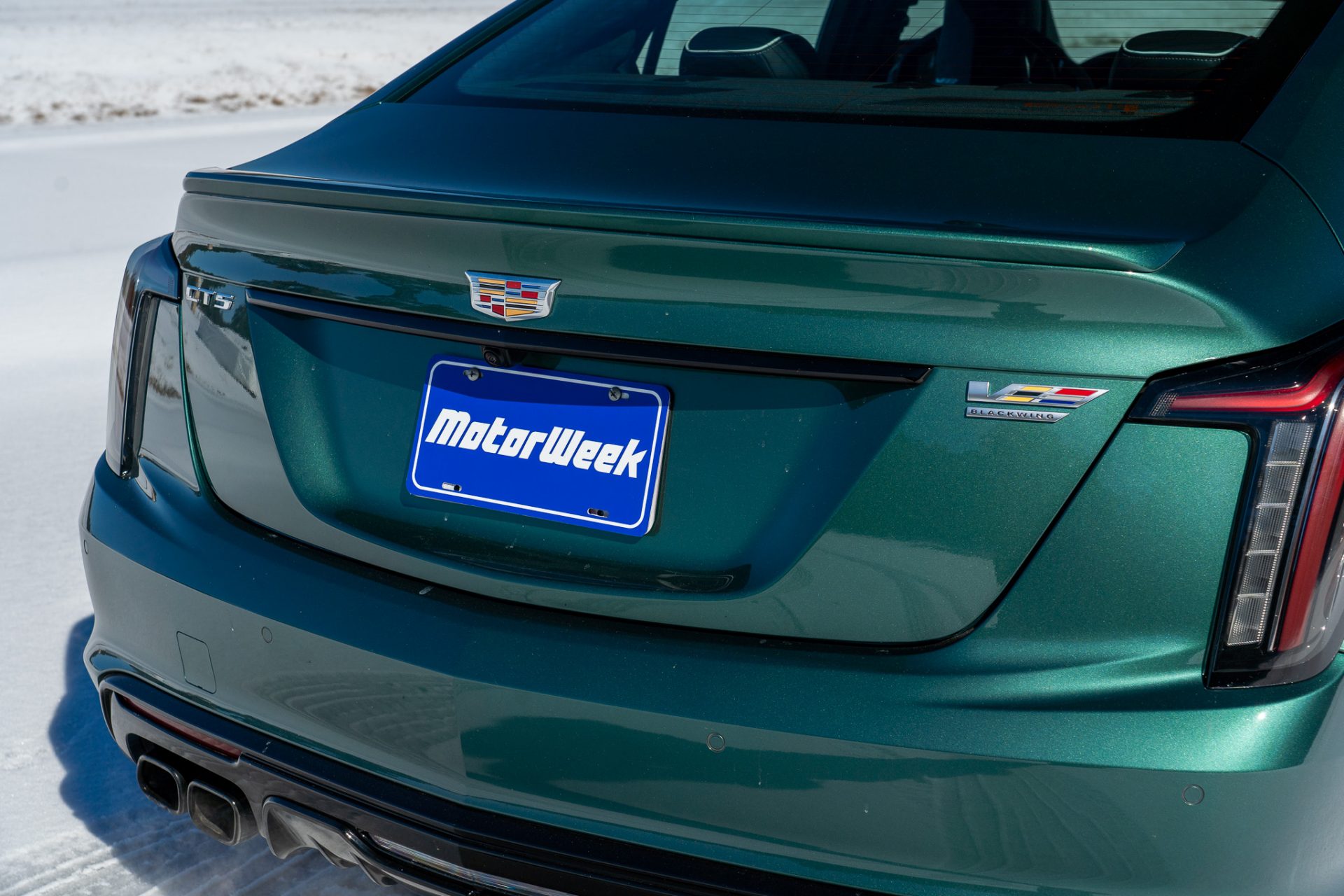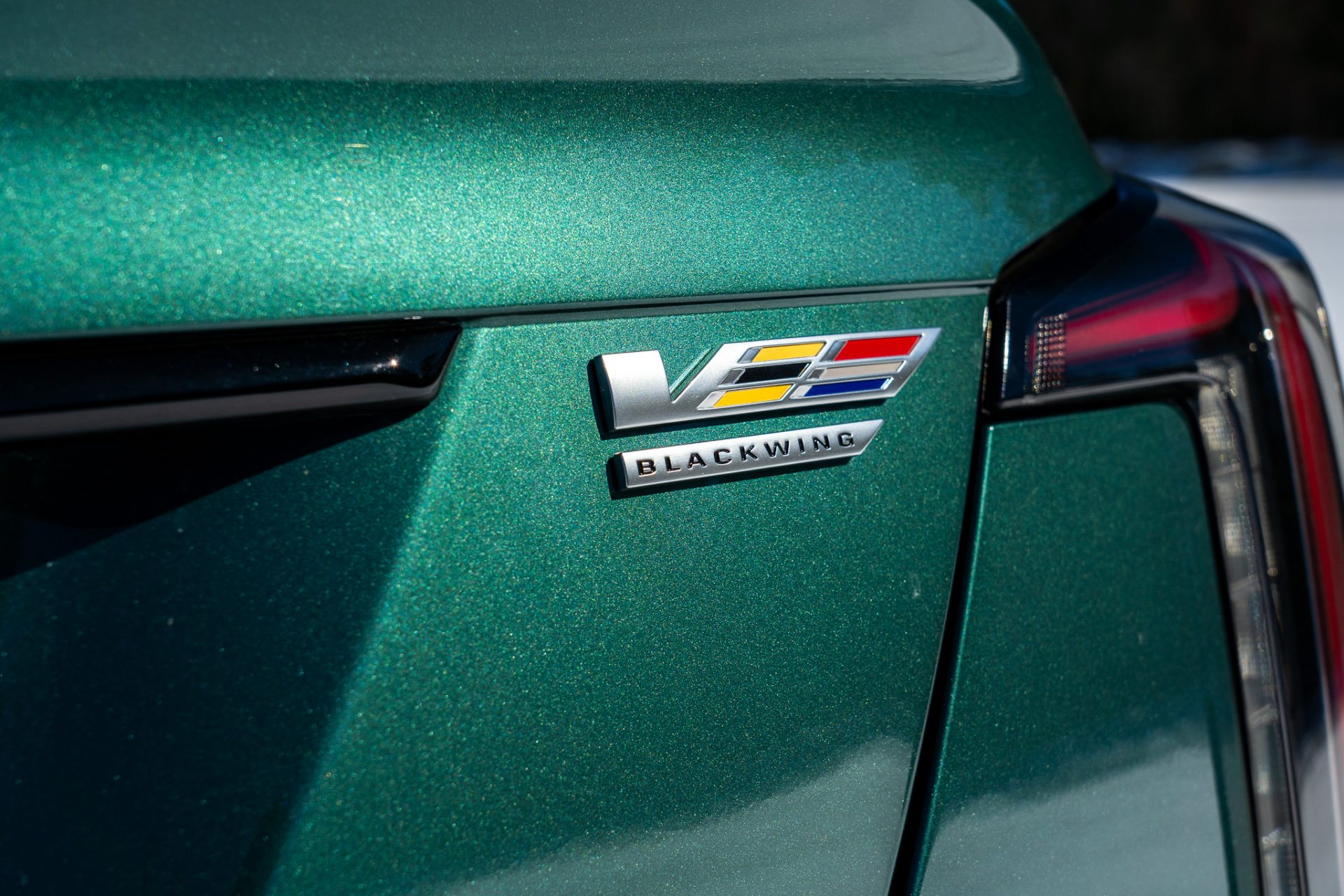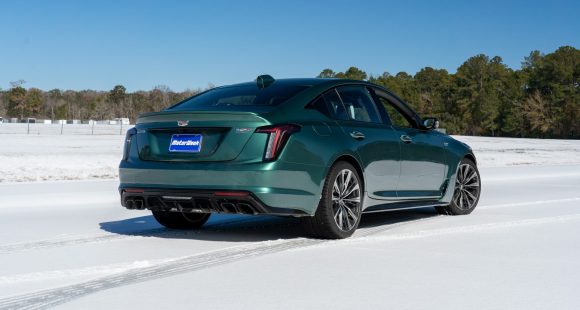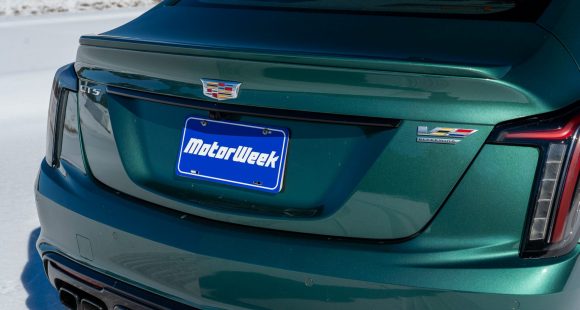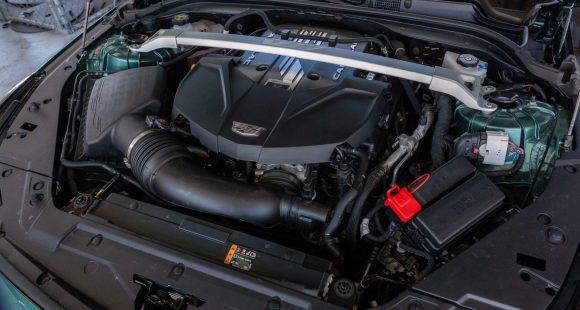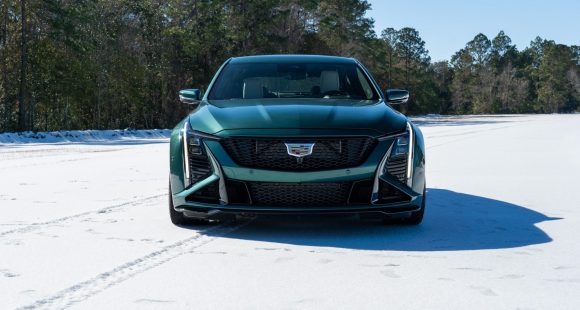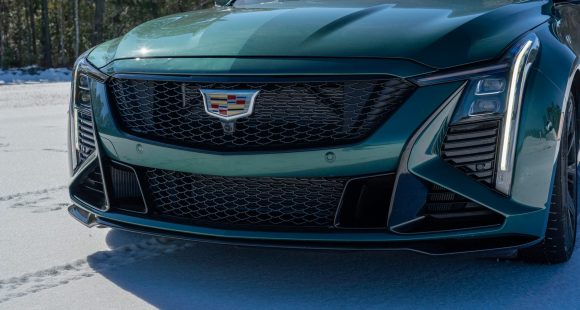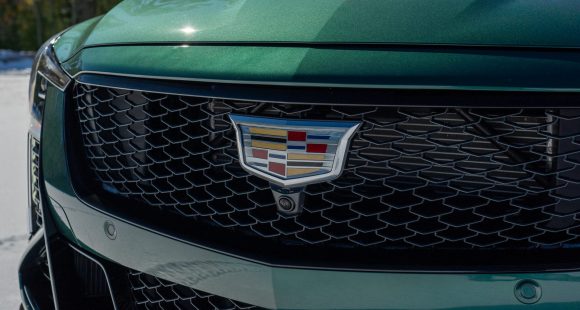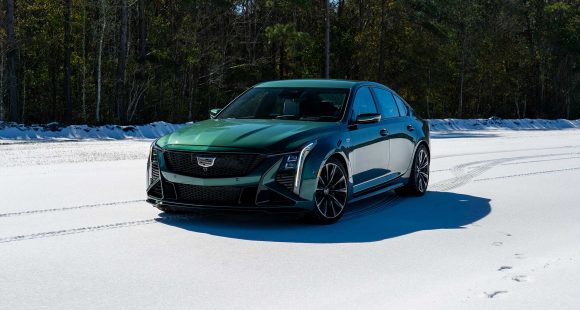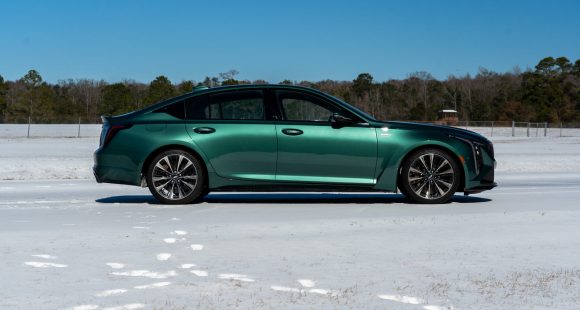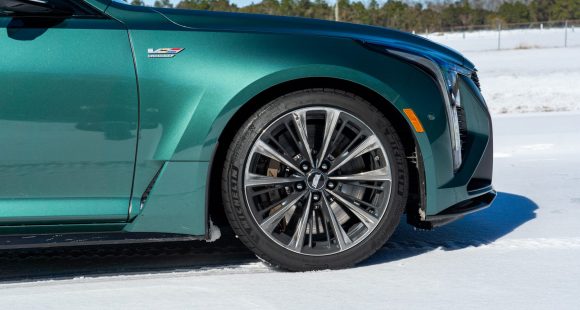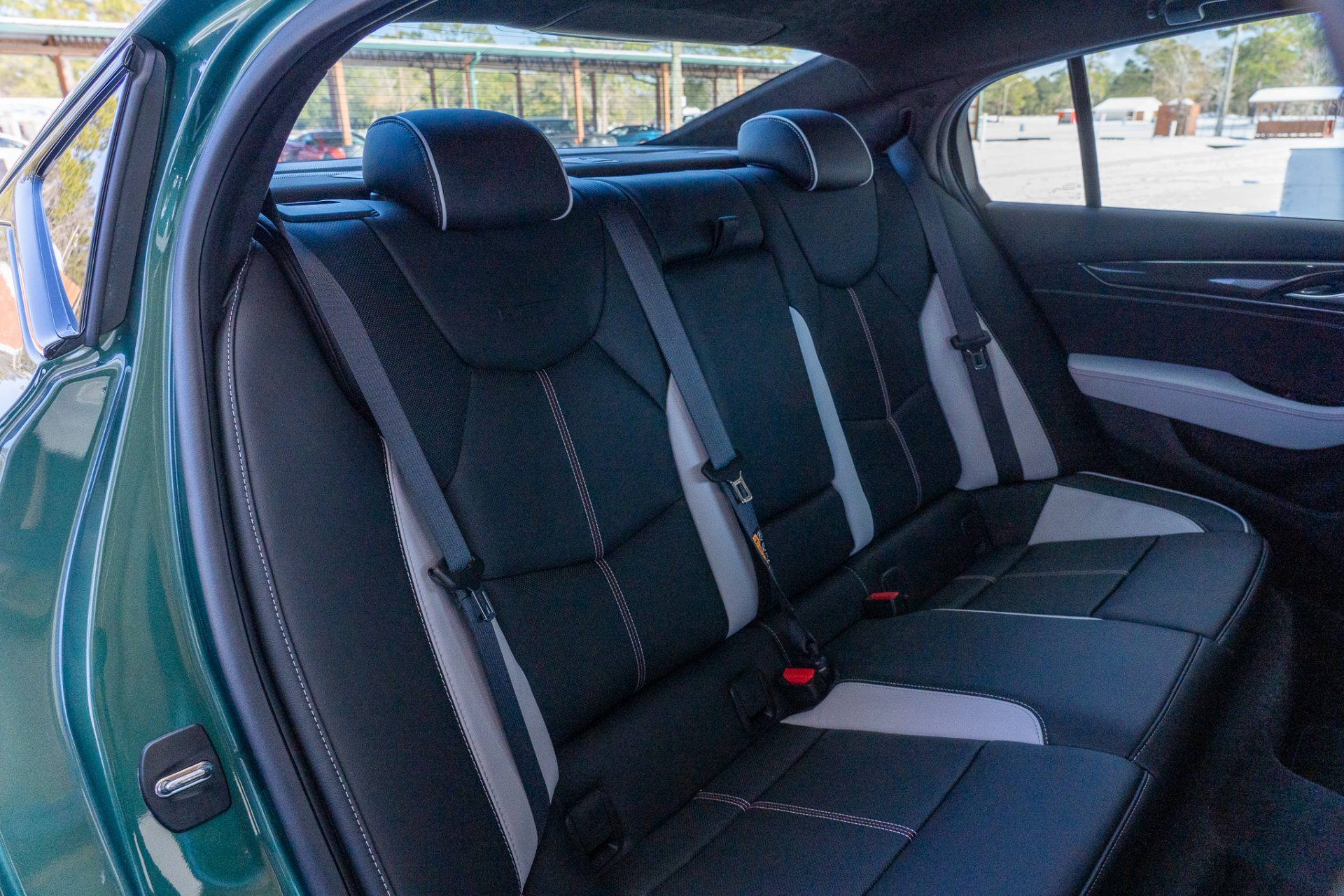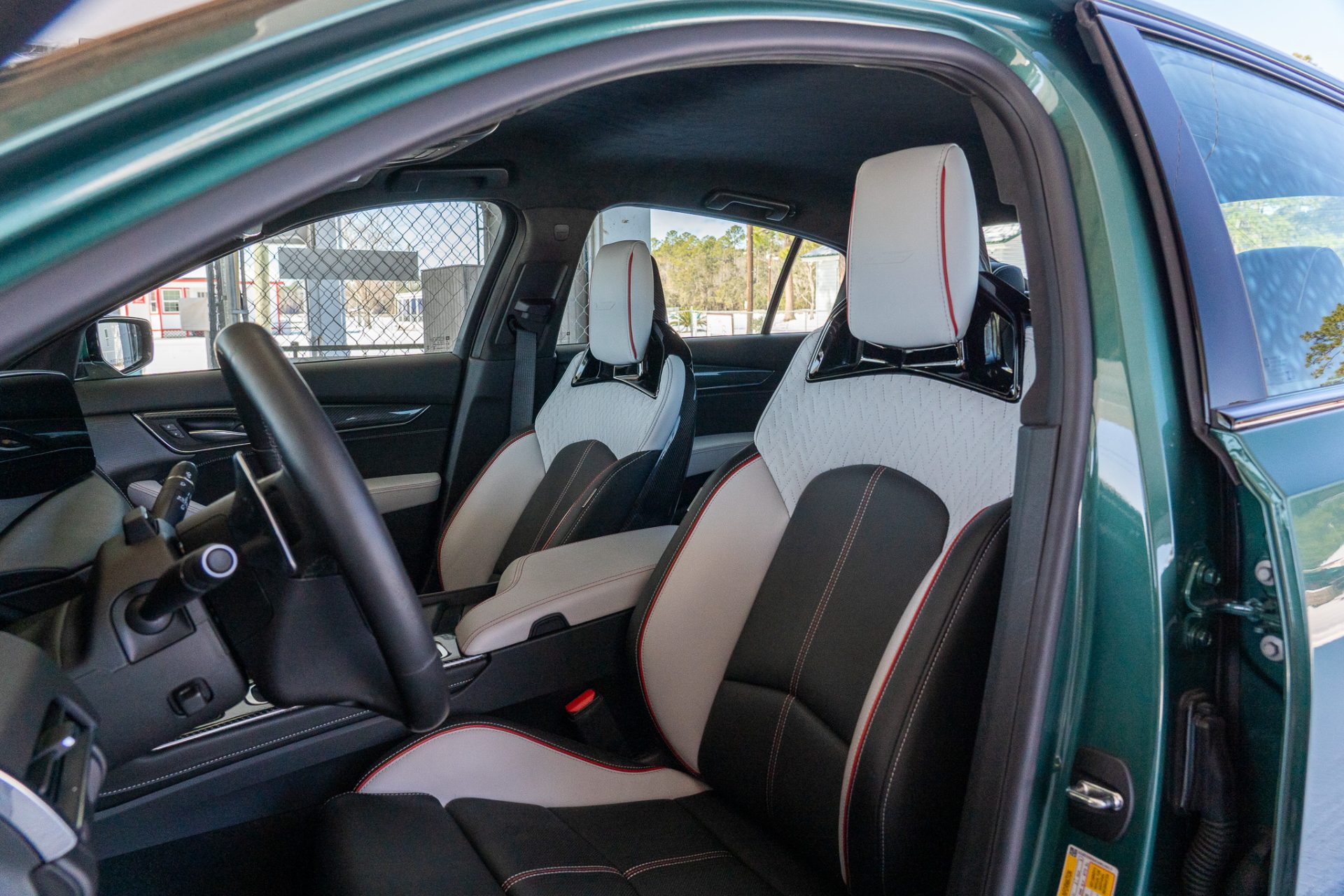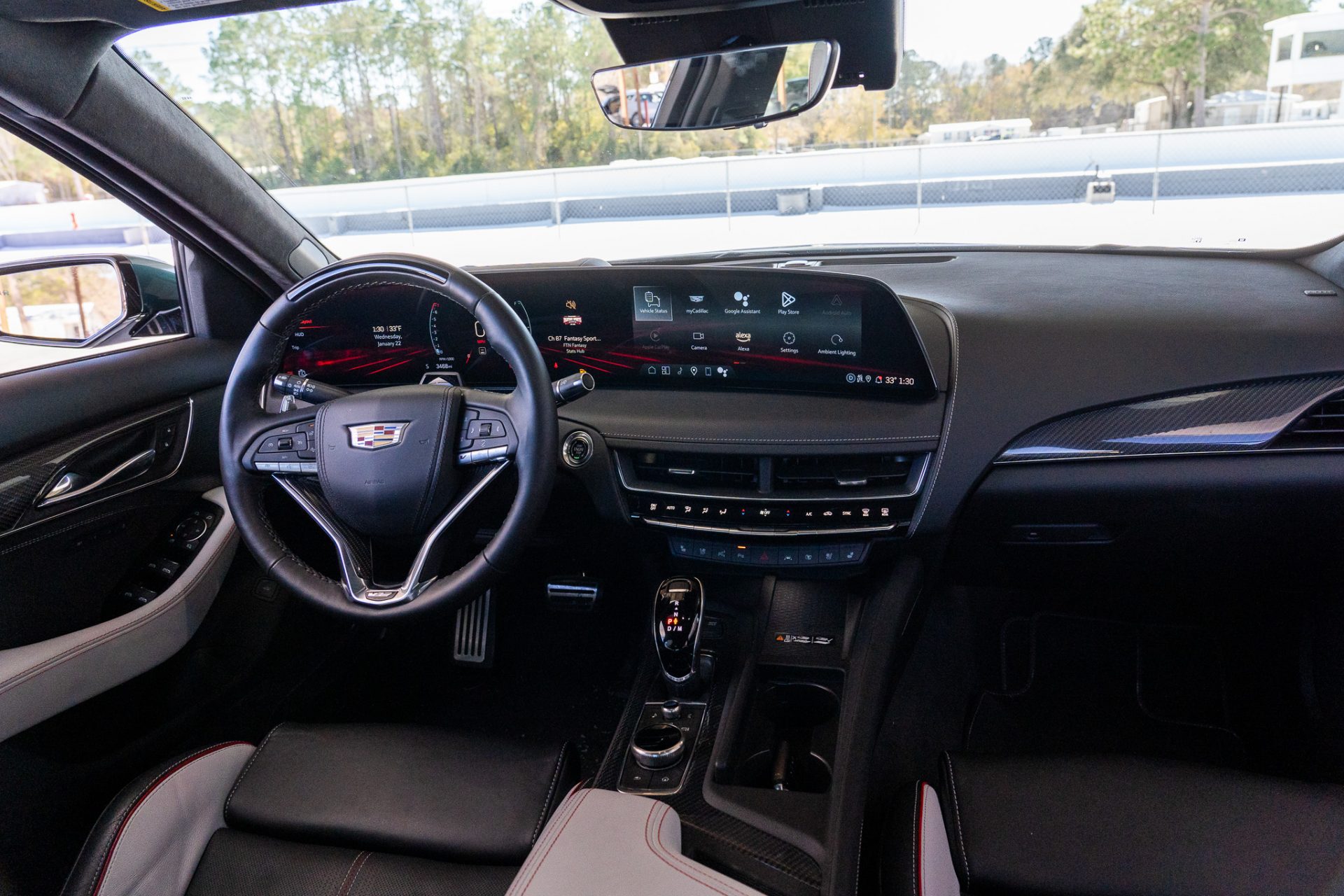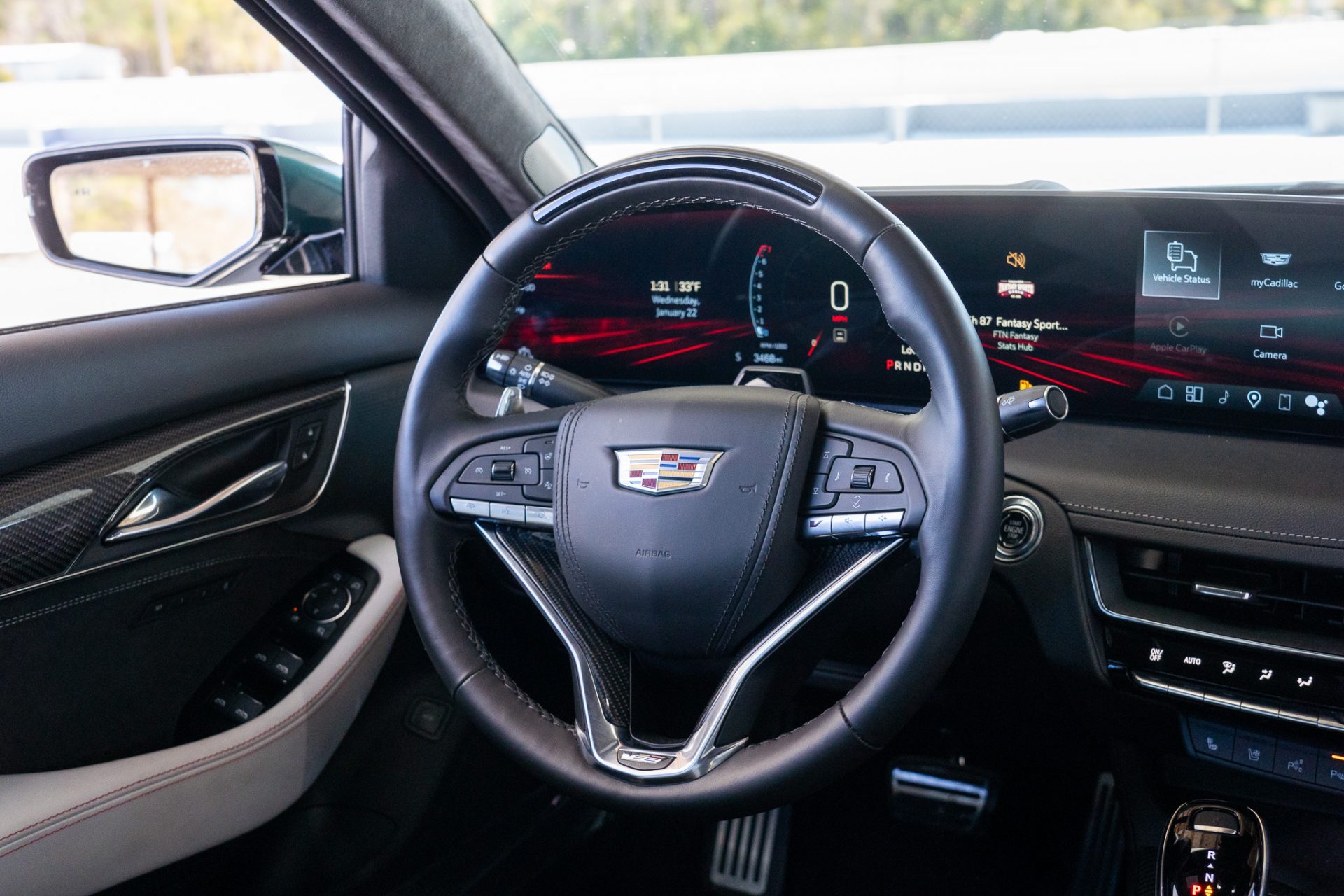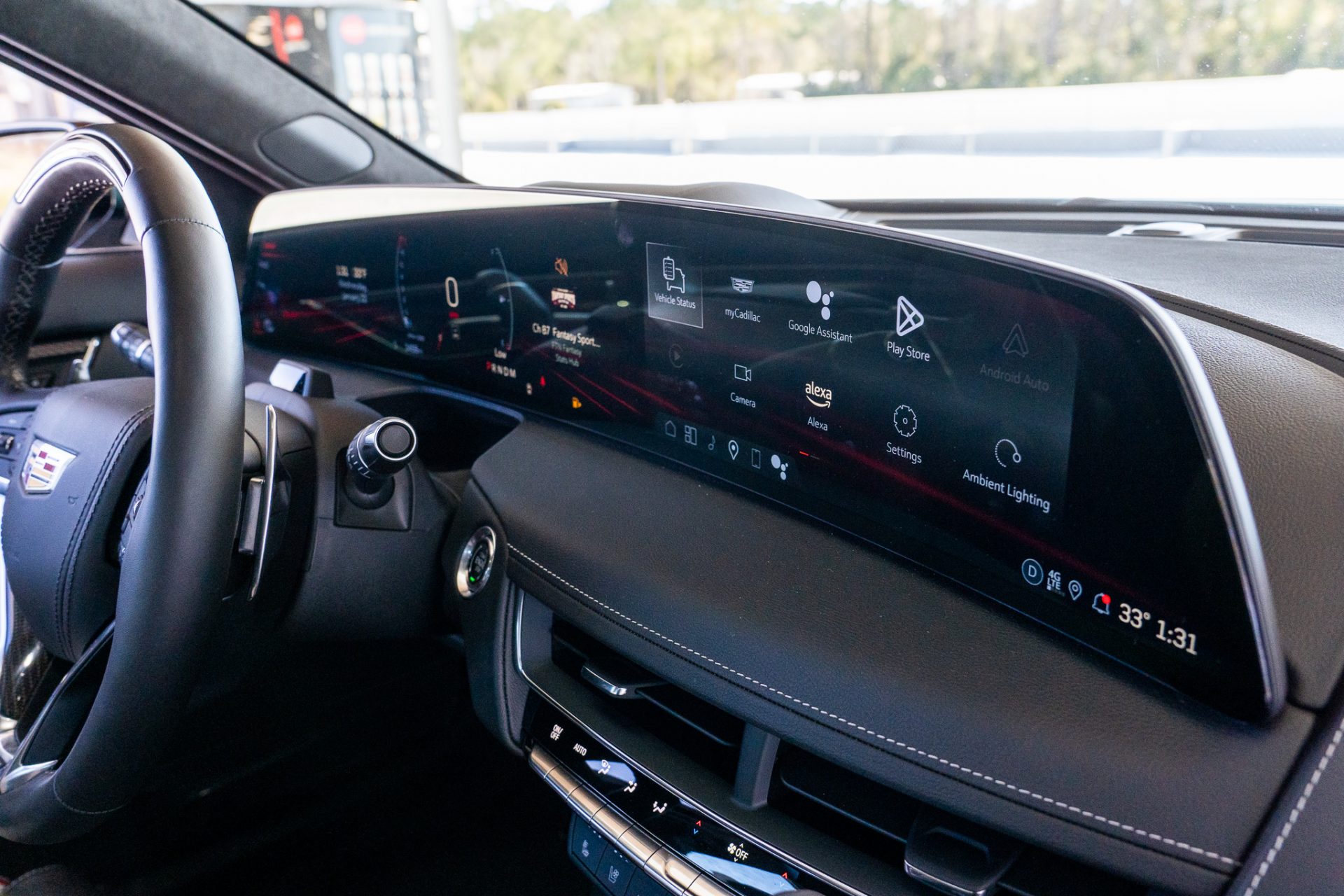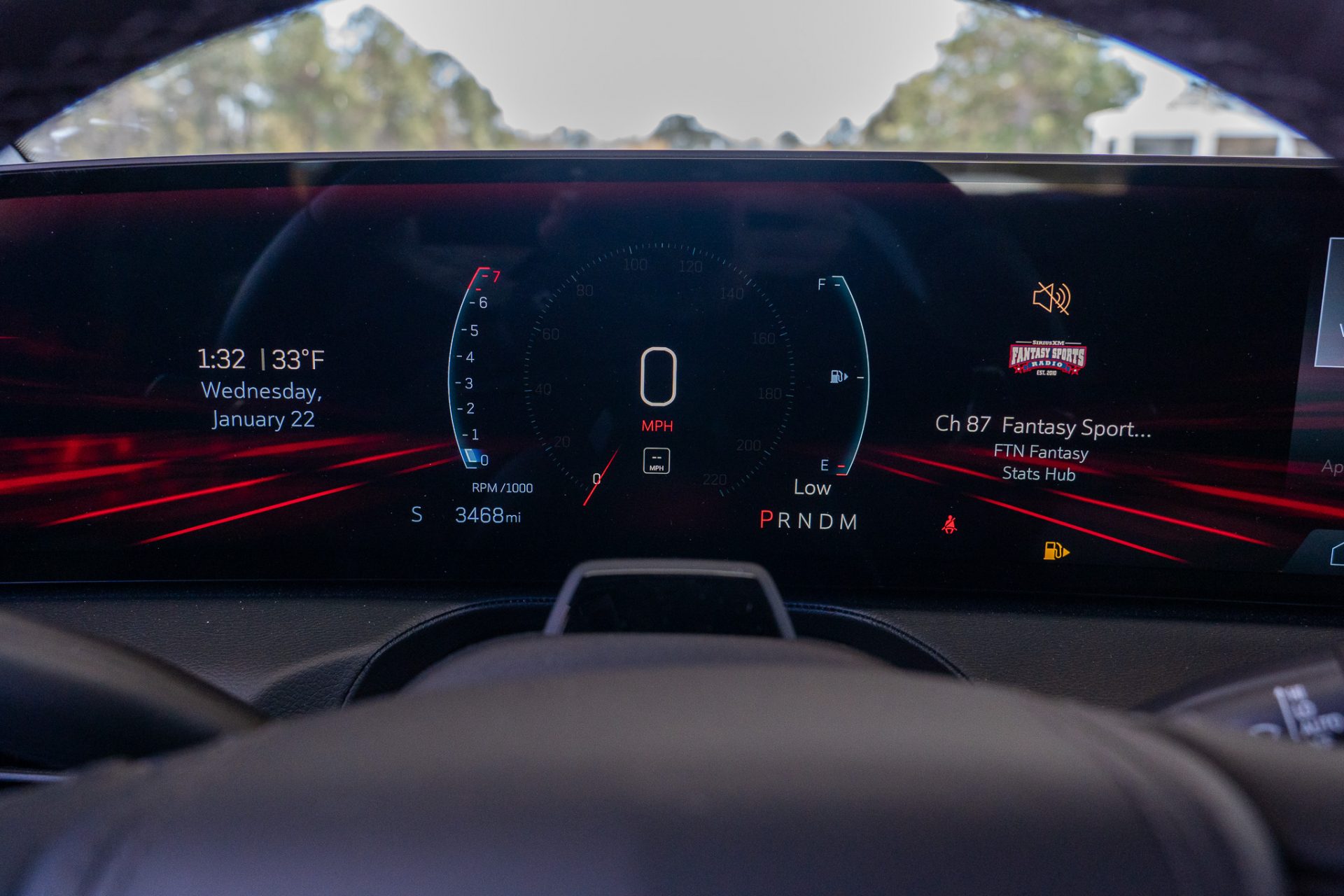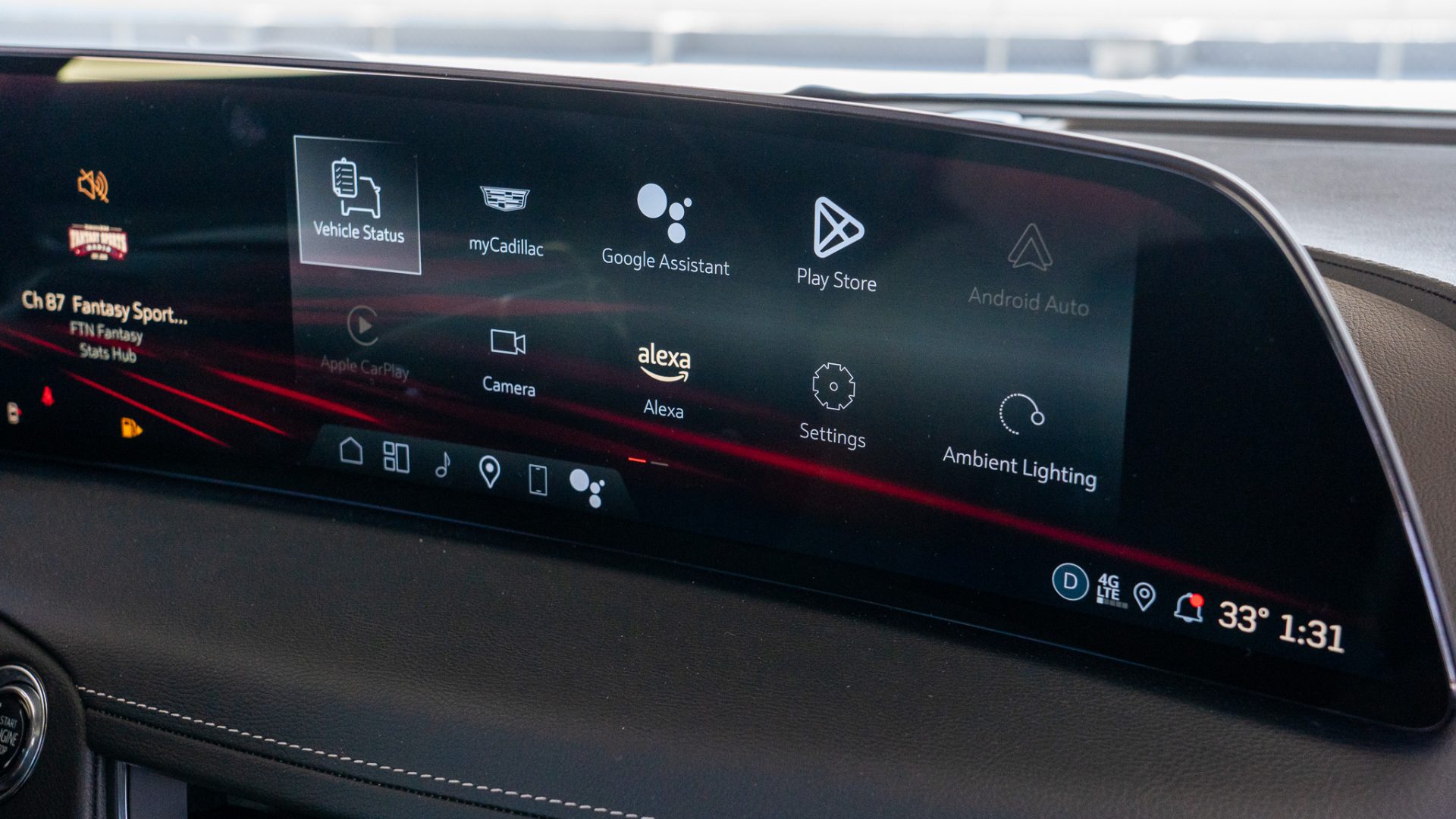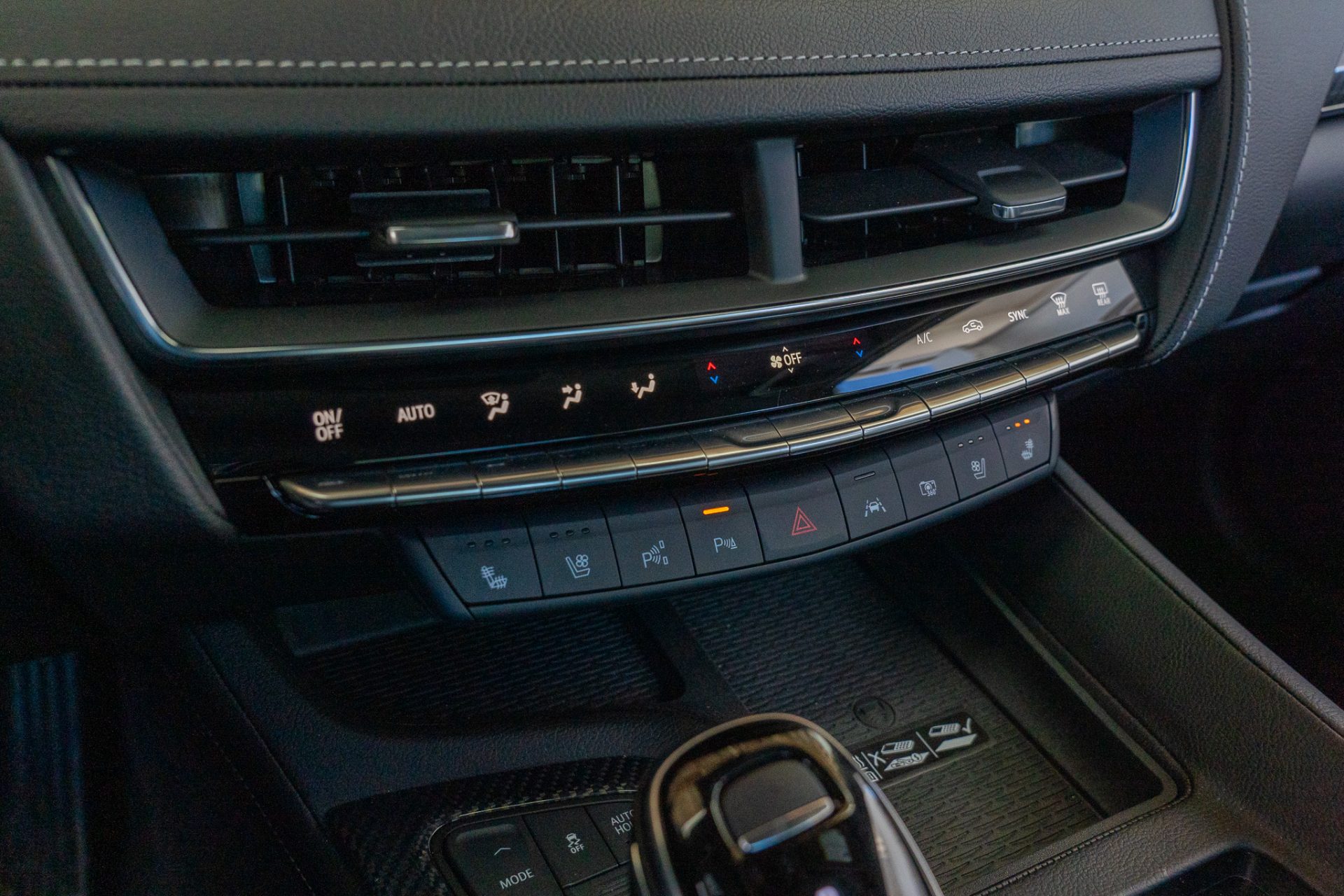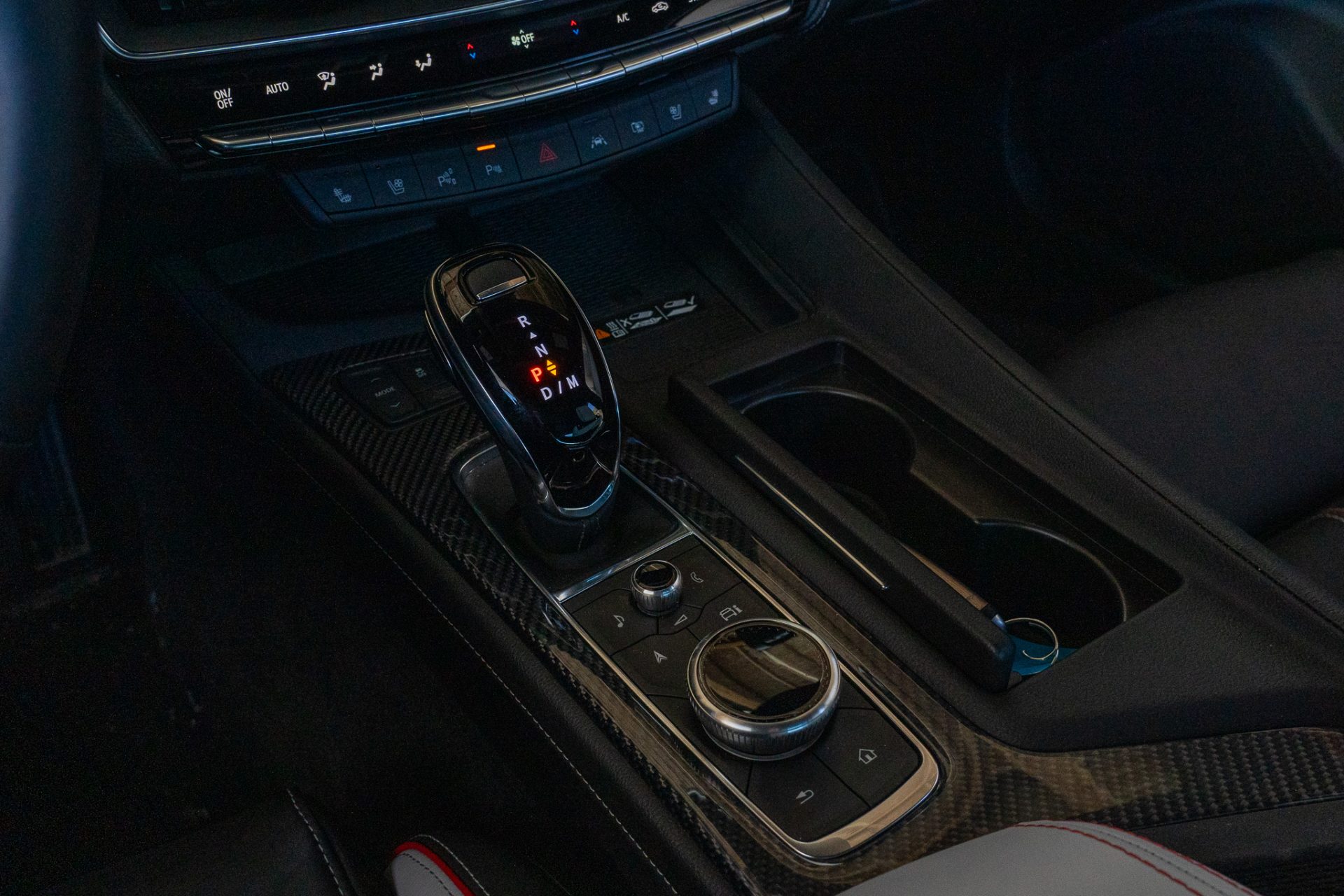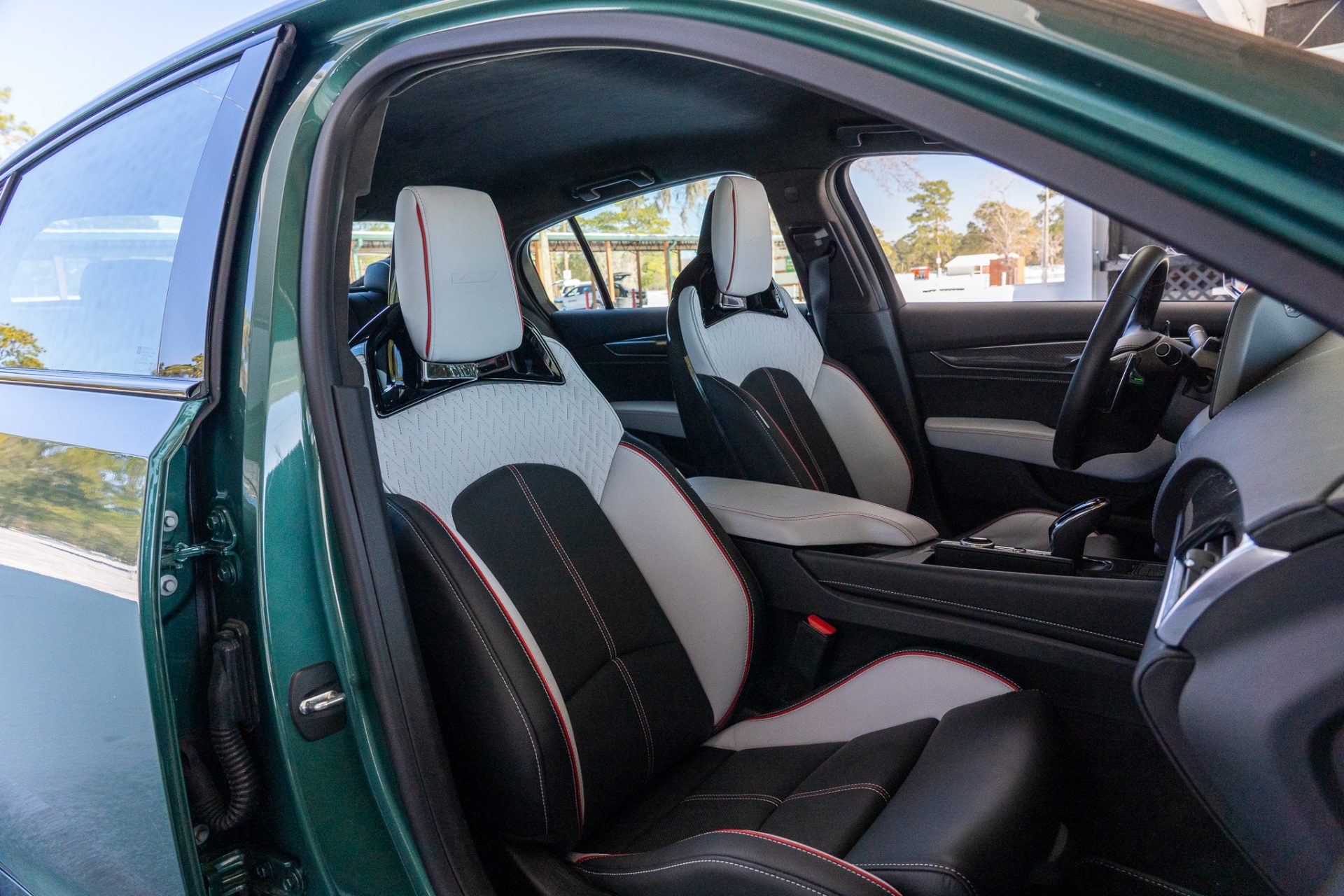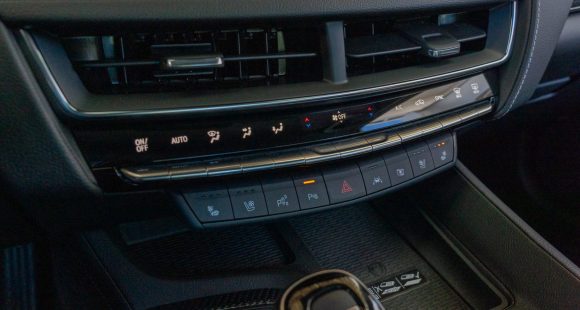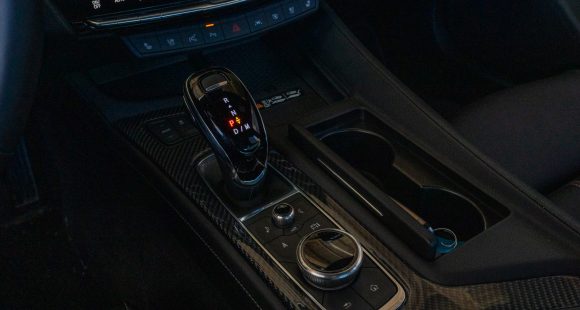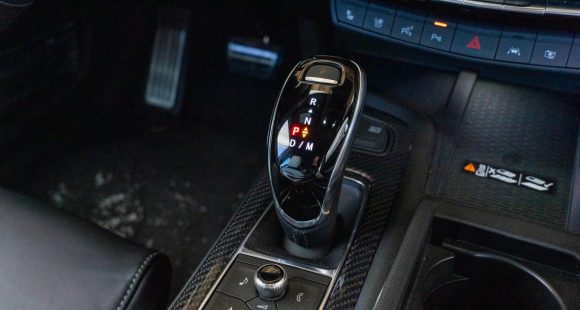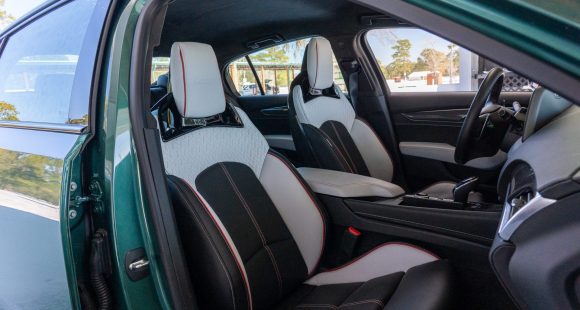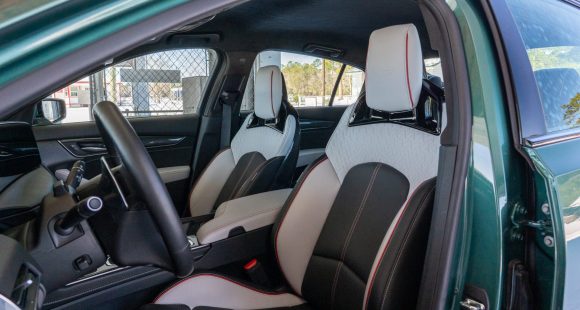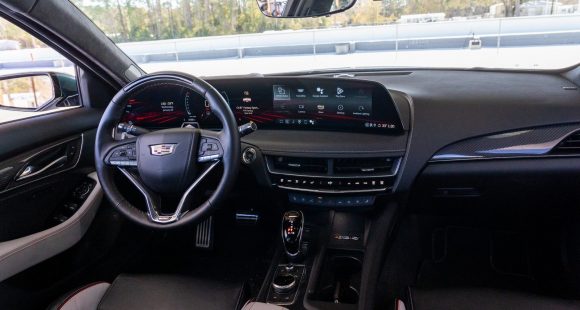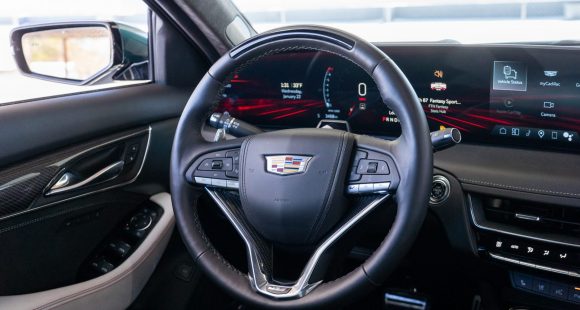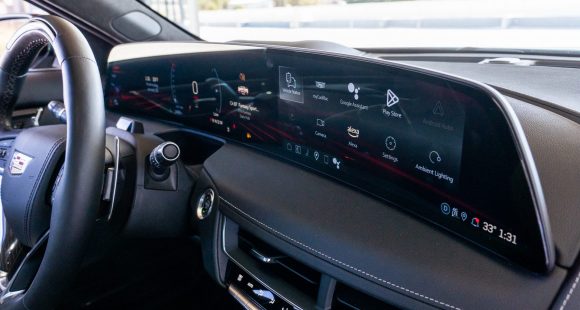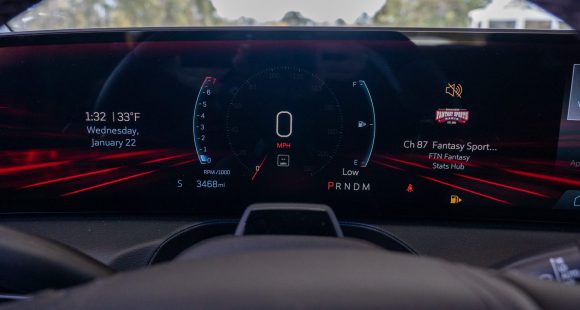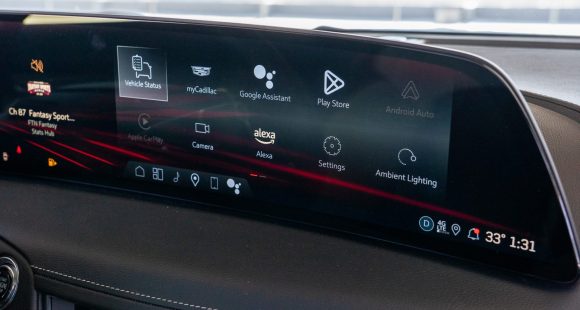2012 Fiat 500 Abarth
We’ve spent quite a bit of time in the tiny little Fiat 500, both in coupe and convertible form. And have found that if you can handle the ultra-cute looks, the 500 offers a ton of fun for the money. Well, if you’re looking for even more fun for not a lot more money, this Fiat 500 Abarth may just be the ticket. So let’s punch it and find out!
Here at MotorWeek, we’re all about getting the best performance bang for our buck, and the 2012 Fiat 500 Abarth embodies that sentiment in spades. For starters, this “small, but wicked” Fiat gets a huge boost in power. Under the hood is a thoroughly beefed up version of the MultiAir 1.4-liter I4 found in the standard 500. But, here turbo boost output by 59 horsepower to 160; that’s 114 ponies per liter! Even more impressive, torque nearly doubles to 170 pound feet.
The Abarth name may be new to most, but the company has a 60 year tradition of pumping performance out of Italian ride. Now as Fiat’s inhouse tuner, Abarth has done a lot more than just slap on a turbo and call it a day. The 500 Abarth is a total transformation. The suspension has been thoroughly tweaked with new Koni Frequency Selective Damping shocks, stiffer springs, and a solid rear stabilizer bar and all told, sits half an inch lower.
 Just punch the Sport button for maximum engine output, quicker throttle response, and more steering feel, and you’re ready to blast through the corners. Under-steer has been almost eliminated, turn-in is insanely quick, and the car flat out sticks. More fun? Definitely! Faster? Well, let’s see. Fast is always a relative term, and 0-60 time of 7.7-seconds is not exactly supercar territory, but it is certainly much quicker than previous 500’s that we’ve tested, almost 2-seconds faster, actually.
Just punch the Sport button for maximum engine output, quicker throttle response, and more steering feel, and you’re ready to blast through the corners. Under-steer has been almost eliminated, turn-in is insanely quick, and the car flat out sticks. More fun? Definitely! Faster? Well, let’s see. Fast is always a relative term, and 0-60 time of 7.7-seconds is not exactly supercar territory, but it is certainly much quicker than previous 500’s that we’ve tested, almost 2-seconds faster, actually.
The quarter mile is obviously quicker as well, at 15.8-seconds and 89 miles per hour. Off the line, the Abarth puts the power down fairly effectively with no torque steer. First and second gears pass quickly, but third is a real workhorse, taking you through most of the ¼ mille. A Ferrari it’s not, but somehow it’s almost just as thrilling. And the sound is great, even if it’s not from a V-12.
Transmission is 5-speed manual only. It needs a 6th gear! Still, the upgraded unit worked flawlessly throughout our testing. Stopping is also improved, bringing our Abarth to a halt 2-feet sooner than a 500 Sport at 120-feet from 60.
We all know that Italians like to do things with style, and the Abarth certainly gets a runway worthy makeover, but rest assured there’s function to go along with that form. Starting with a 500 Sport, the Abarth gets a more vertical front fascia, to make more room in the engine bay for turbo plumbing, and to allow room for larger air intakes. Down the sides are extended skirts, and on our test car, painted aluminum 17-inch wheels which replace the standard 16’s. In back, there’s a re-designed fascia, with black lower diffuser and double dual-tipped exhaust; and of course a big rear spoiler. And if all of that weren’t enough, there are Abarth scorpion shields on just about every body panel, though the red mirror caps and body side stripes are optional.
 We already loved the purposeful interior design of this modern Cinquecento, and now there’s even more amore, with added Abarth elements like a nice thick flat-bottom steering wheel, black leather with red stitching on the gauge hood and shifter, aluminum pedal covers, and body hugging performance seats. Our car had the optional Rosso Nero leather. We’re still not fans of the concentric gauge array, or the dash top TomTom nav, but have no qualms at all about the new turbo boost gauge. While much more comfortable for two than four, the 500 remains surprisingly practical with its 9.5 cubic-feet of trunk space expanding to 26.8 with rear seats folded.
We already loved the purposeful interior design of this modern Cinquecento, and now there’s even more amore, with added Abarth elements like a nice thick flat-bottom steering wheel, black leather with red stitching on the gauge hood and shifter, aluminum pedal covers, and body hugging performance seats. Our car had the optional Rosso Nero leather. We’re still not fans of the concentric gauge array, or the dash top TomTom nav, but have no qualms at all about the new turbo boost gauge. While much more comfortable for two than four, the 500 remains surprisingly practical with its 9.5 cubic-feet of trunk space expanding to 26.8 with rear seats folded.
Government Fuel Economy Ratings are 28-City and 34-Highway; expect 31 miles-per-gallon of Premium in everyday driving. The Energy Impact Score is quite good at 10.6-barrels of oil consumed per year with annual CO2 emissions of 4.7-tons. As for pricing, the 2012 Fiat 500 Abarth retails for $22,700; that’s about 5-grand over a 500 Sport, but it’s money well spent, as you are definitely getting Filet performance on a PBJ budget which is exactly the way we like it here at MotorWeek. The Abarth is the most fun we’ve had in a car that costs under $25,000, in some time. So, buy two, they’re small!
Specifications
- Engine: MultiAir 1.4-liter I4
- Horsepower: 160
- Torque: 170 lb-ft.
- 0-60 mph: 7.7 seconds
- 1/4 mile: 15.8 seconds @ 89 mph
- EPA: 28 mpg city/ 34 mpg highway
- Energy Impact: 10.6 barrels oil/yr
- CO2 Emissions: 4.7 tons/yr
2025 Rivian R1S
Major Reboot for Rivian R1S
With just about every mainstream carmaker now onboard with battery-electric vehicles, EV-only brands are hoping there are still plenty of people out there willing to think outside the box. So, let’s see if Rivians latest R1S utility can make the case for taking the EV road less traveled.
Big changes have happened in the short time since the Rivian R1S first hit the streets three years ago. As for 2025, there are updates that touch just about every aspect of the vehicle. Yes, despite looking almost exactly the same outside, Rivian claims that beneath the surface, their entire electrical architecture has been significantly updated, eliminating a whopping mile and a half of wiring and 10 computer assemblies, allowing for more efficient operation.
But look closely and you will see their signature vertical oval headlights are updated with a new matrix of LED lights that can cycle individual elements on and off to provide maximum illumination where you need it without distracting oncoming drivers.
Not much change in the look of the interior either, but the synthetic leather upholstery is still very nicely done, though most touchpoints feel more rugged than luxury minded. With the exception of a couple controls on the steering wheel, you do still have to do almost everything on the R1S’s 15.6-inch touchscreen, but the user interface has been improved. So, while we do wish they could have reverse-engineered a knob or two into the mix, we realize full touchscreen interface is just what people expect in their high-end EVs these days, and at least it works better than before. And the gauge display still wows you with the amount of information it displays and is mounted high enough that no additional head-up display is needed. A new Rivian Autonomy Platform uses 11 cameras, five radars and A.I. for self-driving, or just to monitor what’s going on around the vehicle even when it’s parked.
This [EV] really feels fast, sitting you up high and throwing you back in your seat with authority.
Rivian has also given the R1S a substantial suspension revision with new spring rates, bushings, and mounts; along with new tuning for the adaptive dampers and roll-mitigation system. It does provide a more balanced street attitude, but it still rides like a truck. That’s great if that’s the experience you’re looking for; not as ideal if you’re looking for more of the smooth luxury-style treatment.
All R1Ss are all-wheel drive, but there’s a wide variety of powertrain options including a new Tri-Motor setup. Outputs range from the standard Dual-Motor’s 533 horsepower to the Quad-Motor’s impressive 1,025. There are several battery packs as well, delivering as much as 410 miles of range, giving the R1S the highest rating of any SUV on the market right now. Our Adventure trimmed tester featured the 665-horsepower Performance version of the Dual-Motor arrangement, with the Max battery and 20-inch wheels with all-terrain tires.
Theoretically, that setup is rated for 370 miles, but perhaps we were enjoying the “performance” theme too much as our results were well short of that, using 68% of the battery to drive only 189 miles, putting our estimated range around 278 miles. Using 43 kilowatts of electricity for every 100 miles earns the R1S a fair efficiency rating.
But all was forgiven at our Mason Dixon test track when this Rivian started blasting us to 60 in 3.8 seconds. Yes, there are faster EVs, but this one really feels fast, sitting you up high and throwing you back in your seat with authority, while the rear of the truck squats down substantially before hurling you off the line and down the track. Power delivery stayed strong the entire time, cranking away until we cleared the quarter-mile in 10.5 seconds at 108 mph.
Despite this utility’s substantial size and weight, we were able to keep a pretty fast pace through the cones of our handling course. The all-terrain tires obviously didn’t grip the pavement as well as all-seasons would, but the low center of gravity kept things very flat. Yes, it does feel very heavy, but the brakes were more than up to the task, stopping us from 60 mph in a very short 103 feet with surprisingly little nosedive and no fade.
Pricing starts at $77,700 for the Dual-Motor with Standard battery pack; our Dual-Motor Performance with the Max battery and All-Terrain Package came in just over $102,000.
While Rivian has had great initial success; sustaining that success will be a much tougher task. But, if they continue to put as much effort into improving their products as they have here with the 2025 R1S, we think their winning streak will only accelerate.
Specifications
As Tested
- Motor Setup: Dual Motor
- Battery Size: 141.5 kWh
- Horsepower: 665
- Torque: 829 lb-ft
- EPA Range: 370 miles
- 0-60 mph: 3.8 seconds
- 1/4 Mile: 10.5 seconds at 108 mph
- Braking, 60-0 (avg): 103 feet
- MW Test Loop: ~278 miles
2025 Cadillac CT5-V Blackwing
Bangin’ Corvette Disguised As Old Man’s Luxury Sedan
It was just 3 years ago that we stormed around the nine highspeed turns of Savannah’s Roebling Road Raceway in the then-new Cadillac CT5-V Blackwing. We loved everything about that remarkable beast of a sport sedan. Well since then, Cadillac has made the big boy Blackwing even better! So, we’re headed back to Roebling to check it out.
Roebling Road Raceway is a high-speed track that suffers no pretenders, and this 2025 Cadillac CT5-V Blackwing gets around about as fast as any exotic hardware we’ve tested here; certainly, faster than anything else you can comfortably haul a foursome to the country club for 18 holes in, and it sounds wicked while doing it.
Media types love to hype “last of the breed” scenarios, and when this Beast from the Midwest rolled onto the scene for 2021, there were many predictions it would be the “last great V8 sedan.” Well, we’re not into doomsday predictions or prepping for that matter, we’re into enjoying every car as much as we can whenever we can, and the CT5-V Blackwing seems to be of like mindset, feeling right at home both overpowering Roebling’s corners and streaking wide open down its long front straight. It’s hard not to enjoy the ridiculousness of it all, as that raucous V8 is sounding NASCAR, but the car is feeling much more like a world-class sport sedan.
It’s a Corvette motor, something that goes all the way back to the original Cadillac CTS-V from 2004. Things got serious in ‘09 when it starting making well over 500 horsepower and breaking Nürburgring records. Fast forward to now and the CT5-V Blackwing’s hand crafted and supercharged 6.2-liter roars to life in a way that seems to overpromise, but when you tap into its 668 horsepower and 659 lb-ft of torque, you quickly realize it can back it up. If, for some reason, it’s too much for you, there are quieter exhaust settings.
Our original CT5-V Blackwing test 3 years ago featured the six-speed manual, so in the interest of fairness, we opted for the 10-speed automatic this time around; it’s quicker to 60 by two-tenths of a second, according to Cadillac, at 3.4 seconds. But an unintended consequence of the Blackwing’s Vortex of Awesomeness is that it unexpectedly sucked a winter storm into coastal Georgia and covered the track with snow before we could record our own straight-line numbers.
Spot-on steering, solid brakes, and gobs of torque [are] readily available.
Fortunately, we did get plenty of laps in before that happened, and the 10-speed provided lightning quick shifts, with noticeably tighter gearing than the manual. It’s always a unique kind of joy to thrash a Cadillac around a racetrack, but this one seems more up to the task than any Cadillac to this point; spot-on steering, solid brakes, and gobs of torque readily available regardless of what number the tach needle is pointing at or what gear you’re in.
Our test car came wearing Typhoon Metallic, one of three new color choices available for ’25. What else is new? Well, the front end gets a tougher look, along with improved aerodynamics from reshaped ground effects and front fenders. LED lighting is upgraded inside and out. There’s an updated Carbon Fiber Package, and new quad trapezoid exhaust tips.
About the only other thing that changes in here is fitment of Cadillac’s 33-inch widescreen display. And while plenty of V performance cues remain, your senses still take in the best of Cadillac luxury. Though connecting with GM’s Performance Data Recorder, which has been enhanced with a better interface and real-time lap delta, reminds you just how serious Cadillac takes Blackwing performance.
Government Fuel Economy Ratings are 13 City, 20 Highway, and 15 Combined. CT5-V pricing starts at $58,390; and that’s for a 360-horsepower, twin-turbo V6 which is pretty incredible in its own right, and you can you even add all-wheel drive to that one. This CT5-V Blackwing just takes it to a significantly higher level and starts at $99,090. Get ‘em while you can.
Predictions of the gasoline engine’s demise over at Cadillac were perhaps a little premature, as there’s plenty of people who still like their sport sedans loud, V8 powered, and supercharged. And while there will probably always be high-performance Cadillacs, it’s doubtful any will be able to deliver the full sensory overload kind of experience found here in the 2025 Cadillac CT5-V Blackwing, a world-class sport sedan that beats with pure American muscle and can hang with any driving machine out there, ultimate or otherwise. If only everything could feel this real forever.
Specifications
As Tested
- Engine: 6.2-liter Supercharged V8
- Transmission: 10-speed automatic
- 0-60 mph (est.): 3.4 seconds
- Horsepower: 668
- Torque: 659 lb-ft
- EPA: 13 City | 20 Highway | 15 Combined








